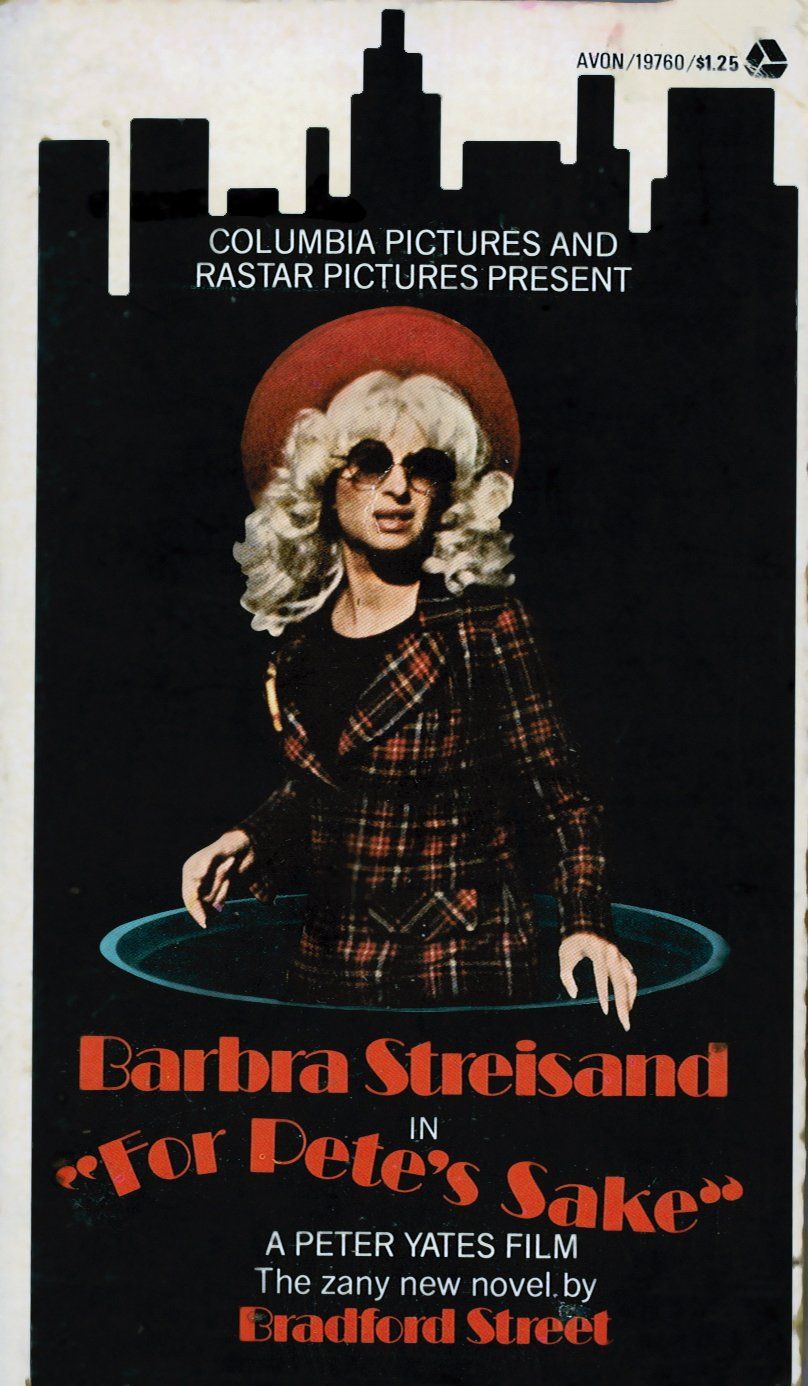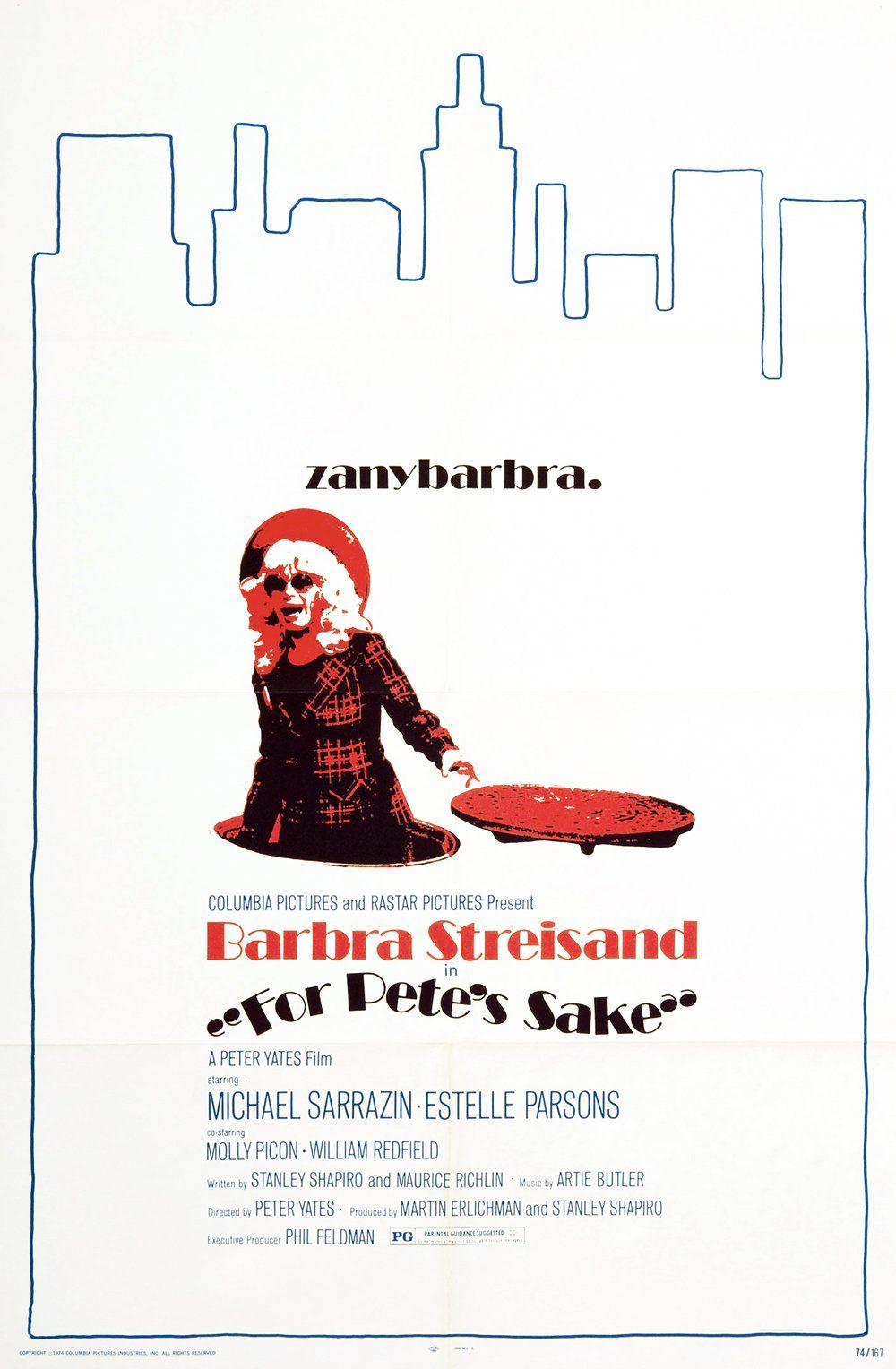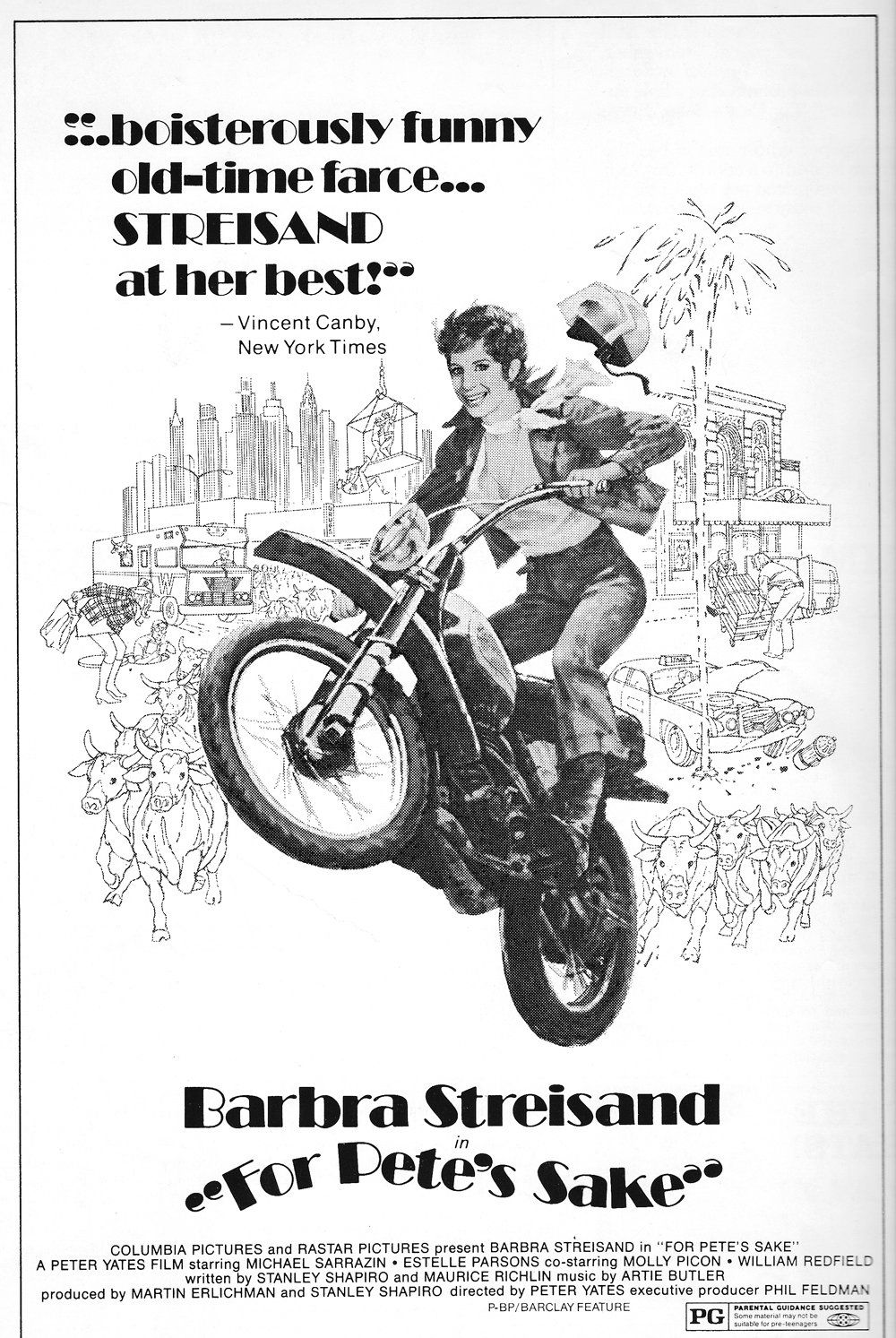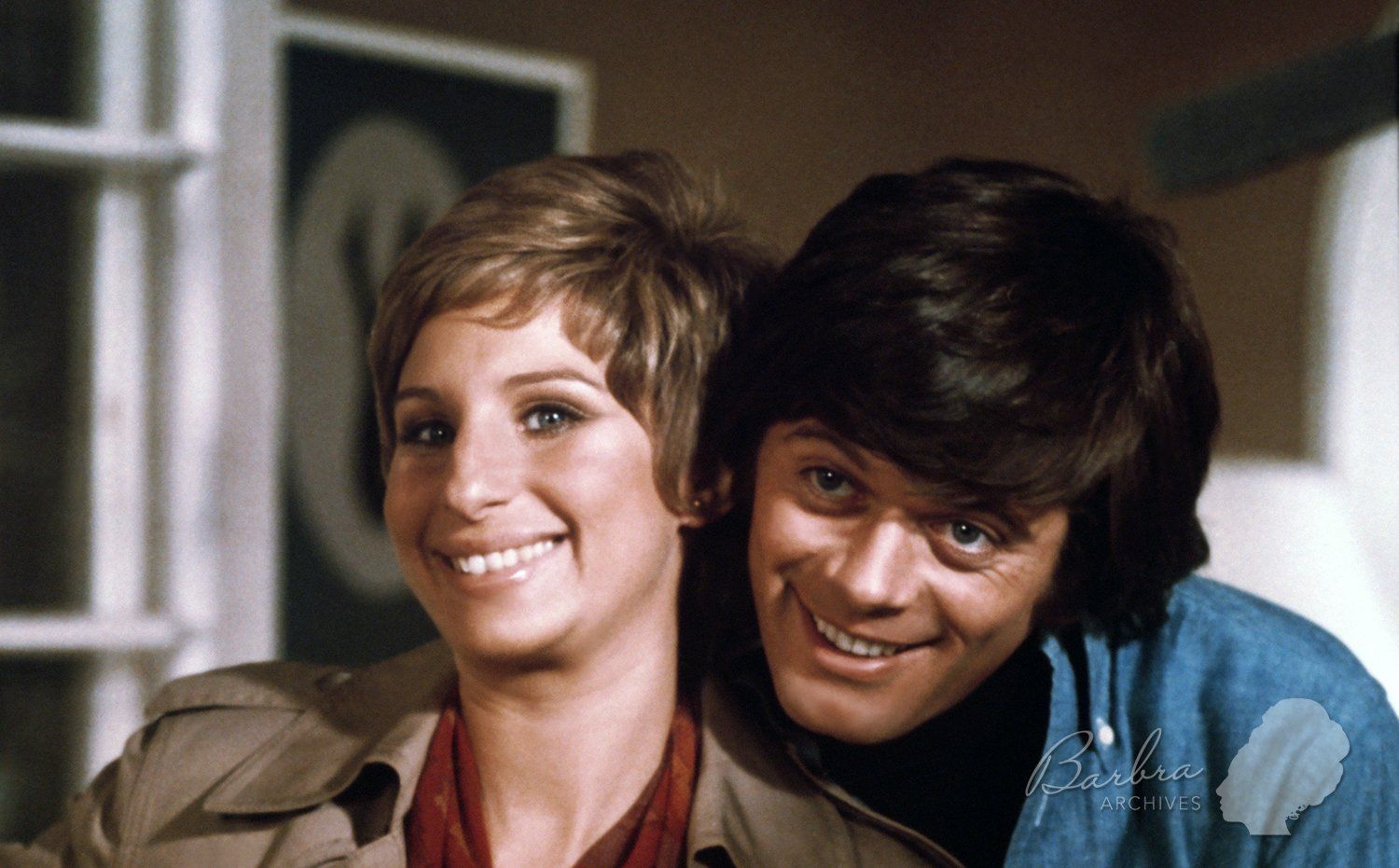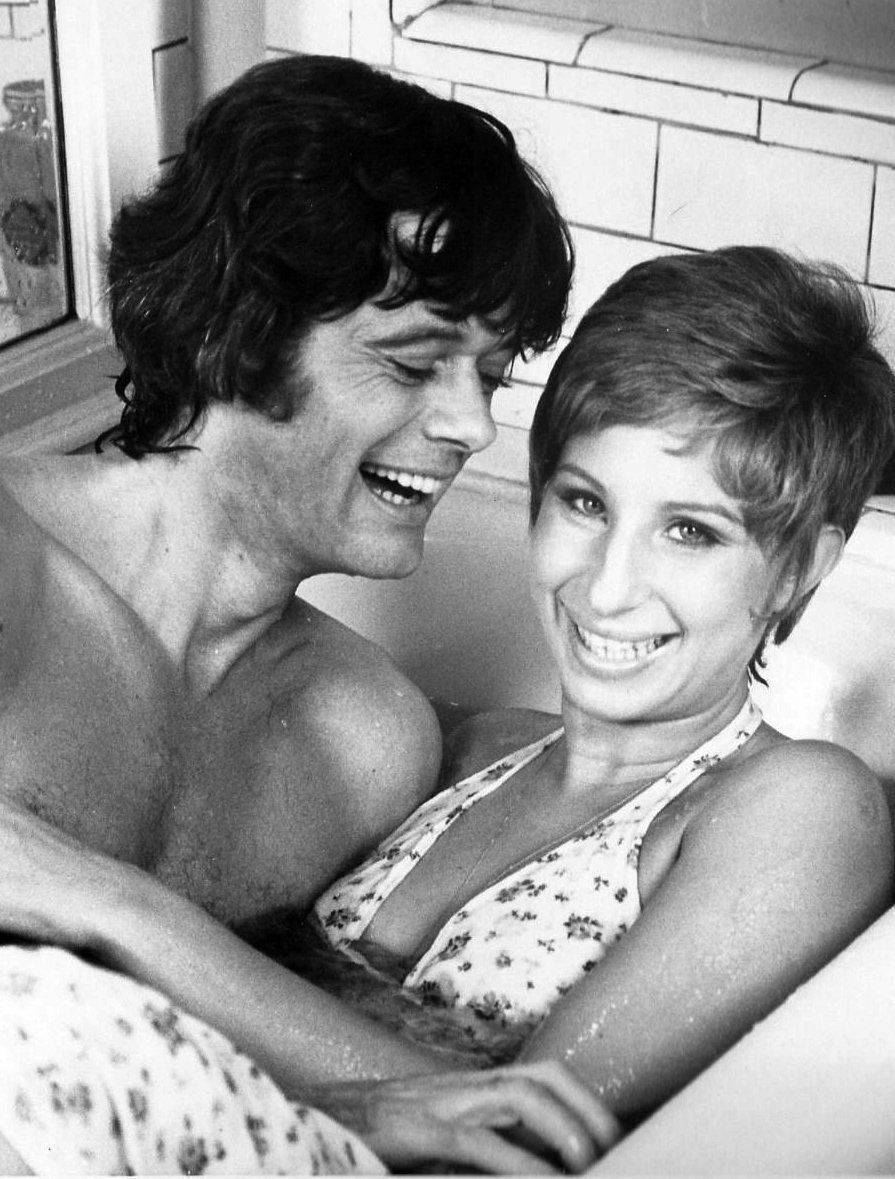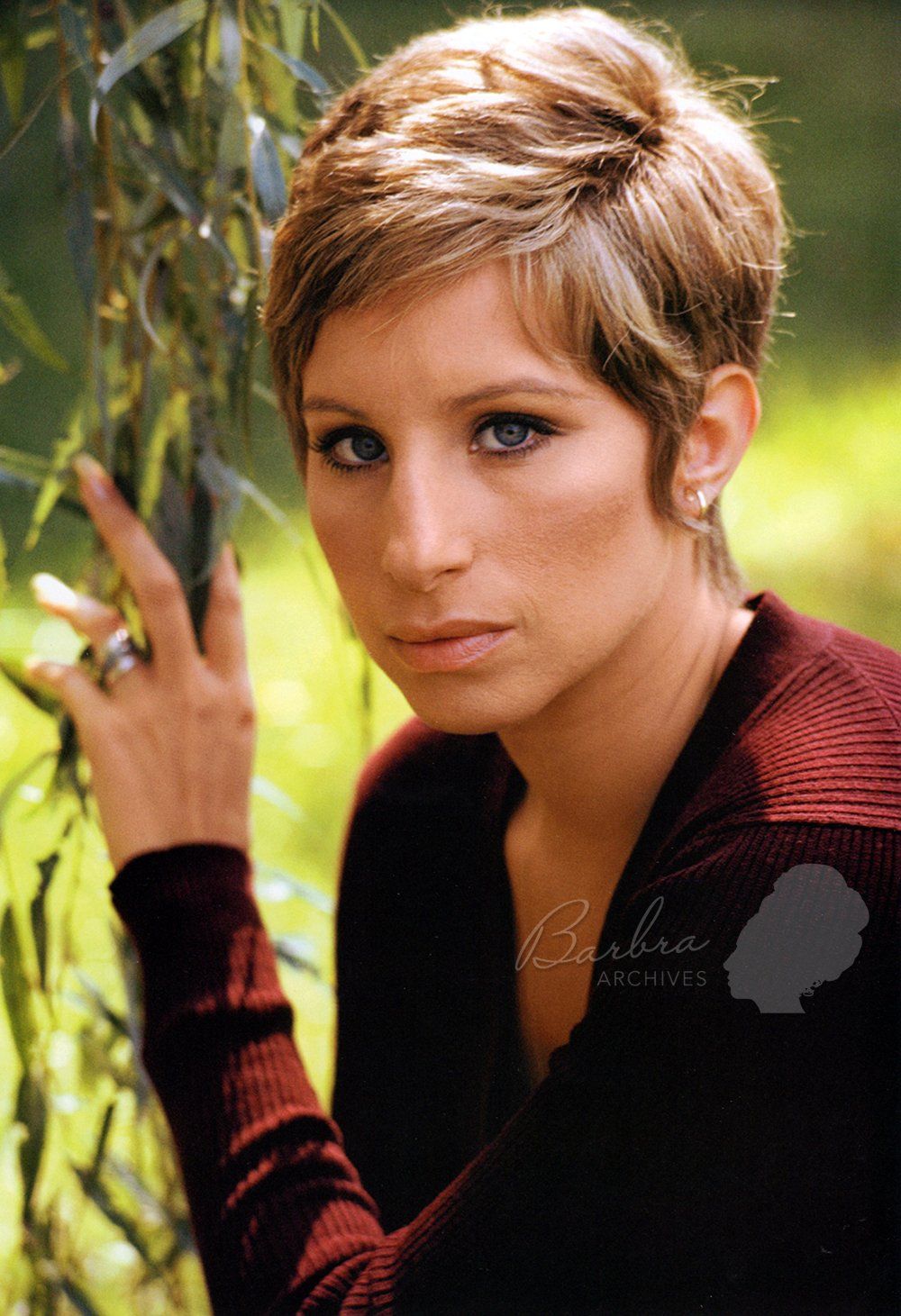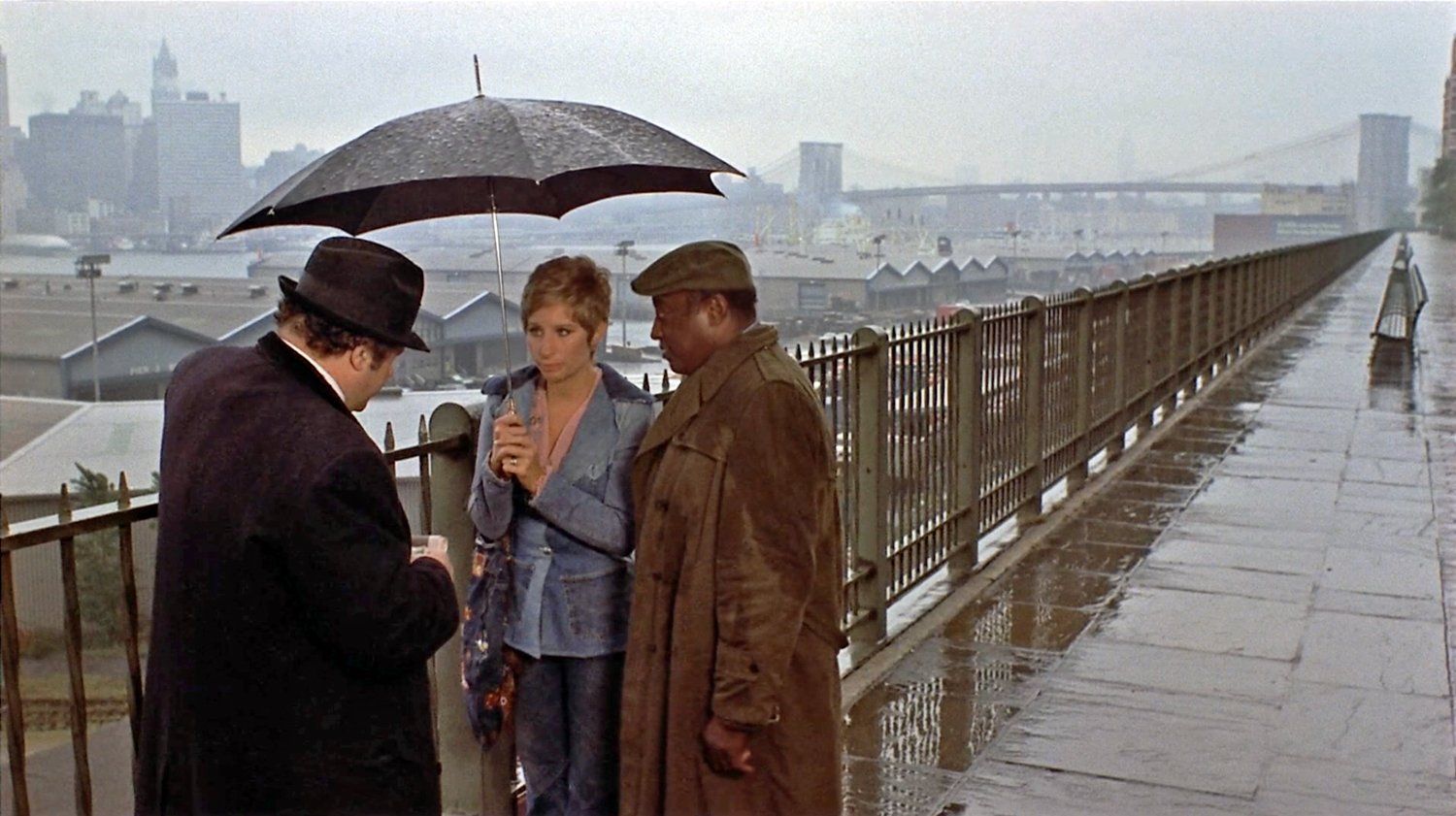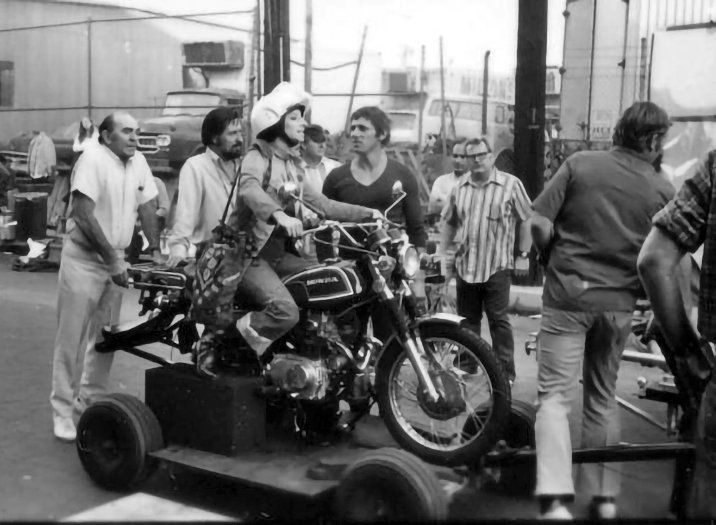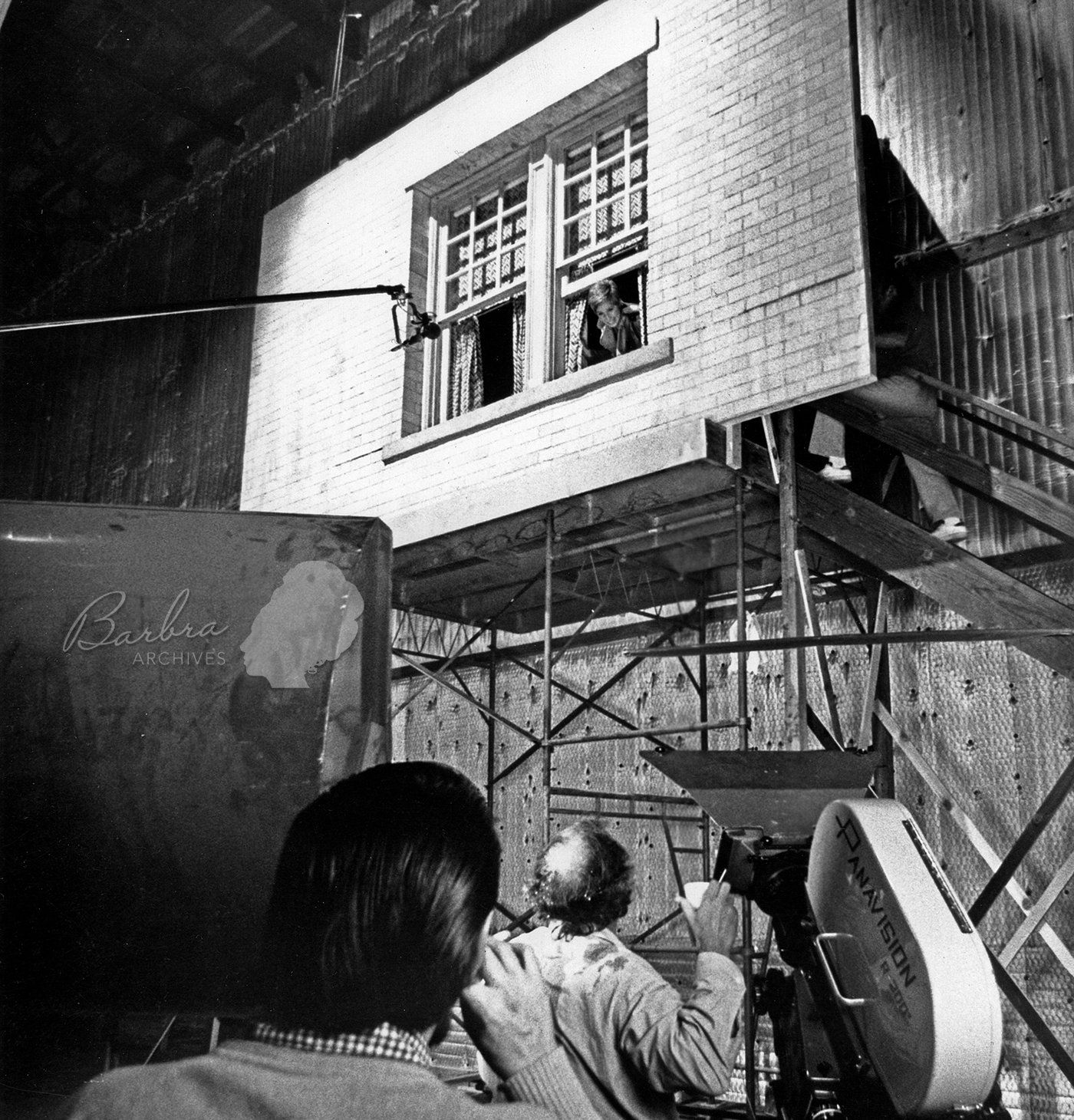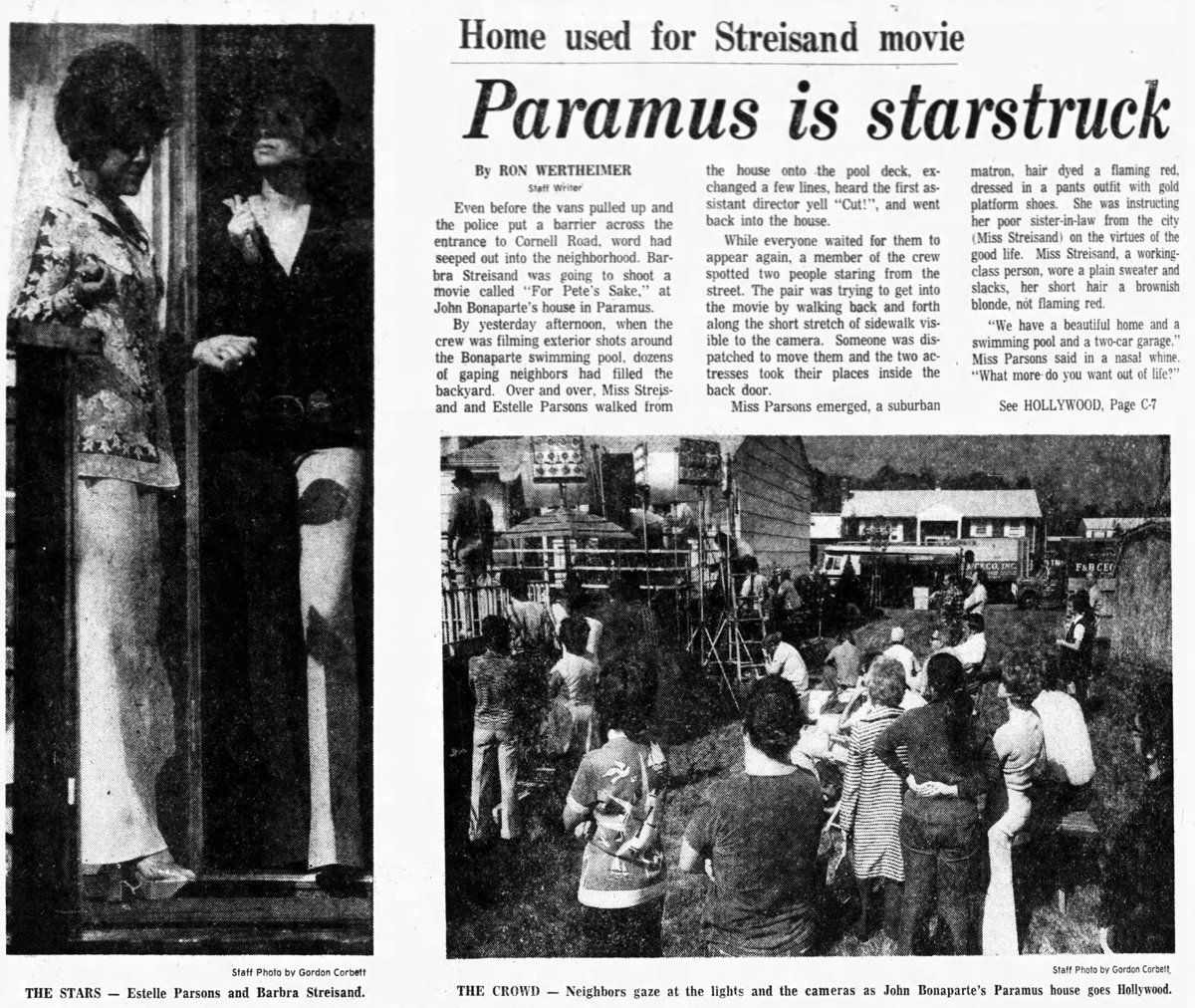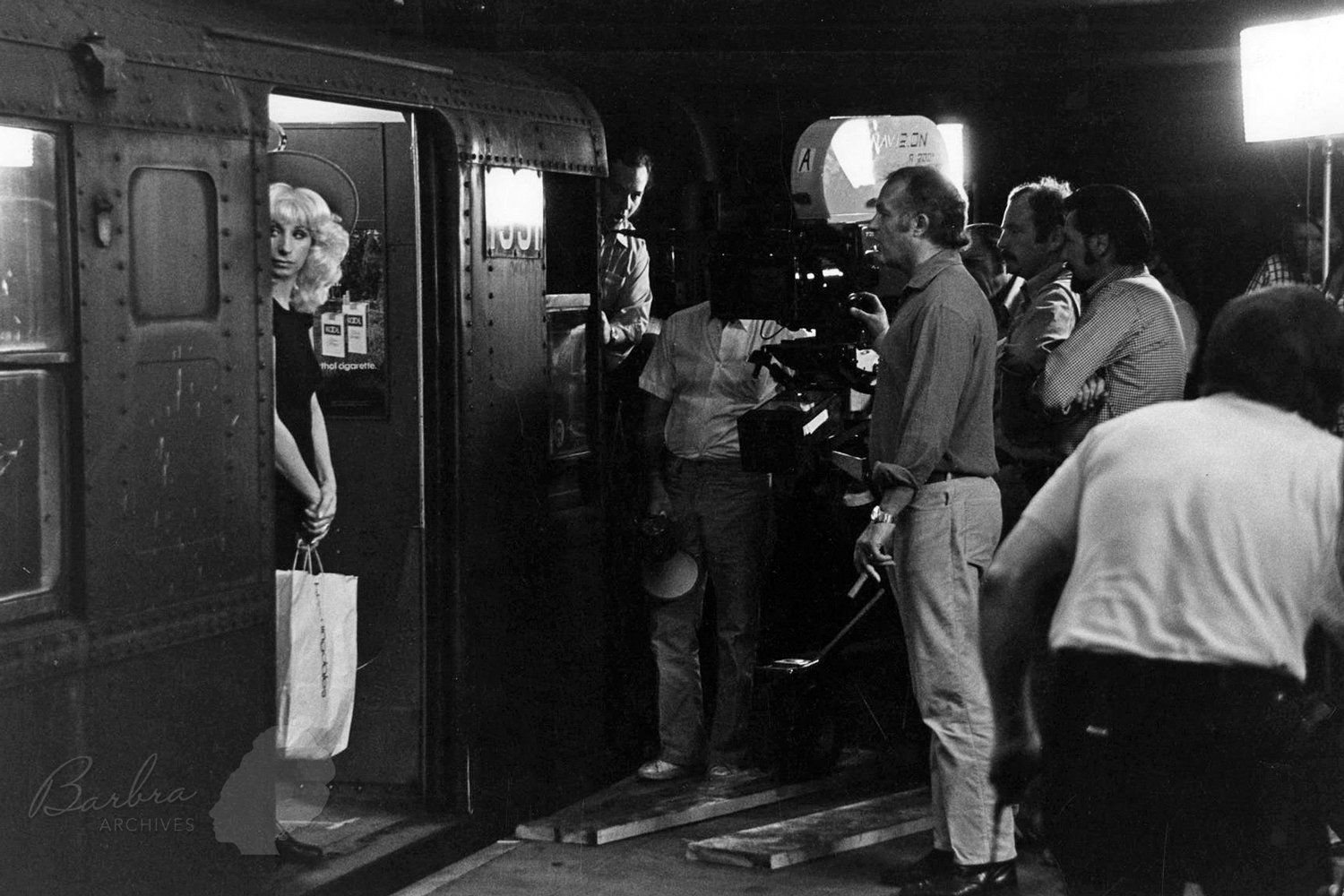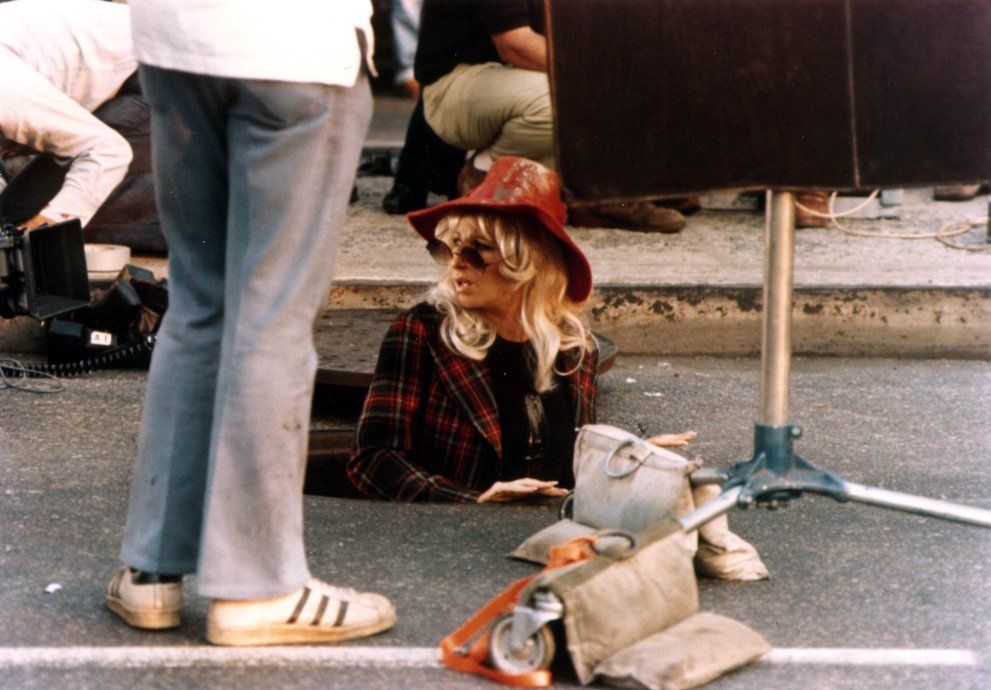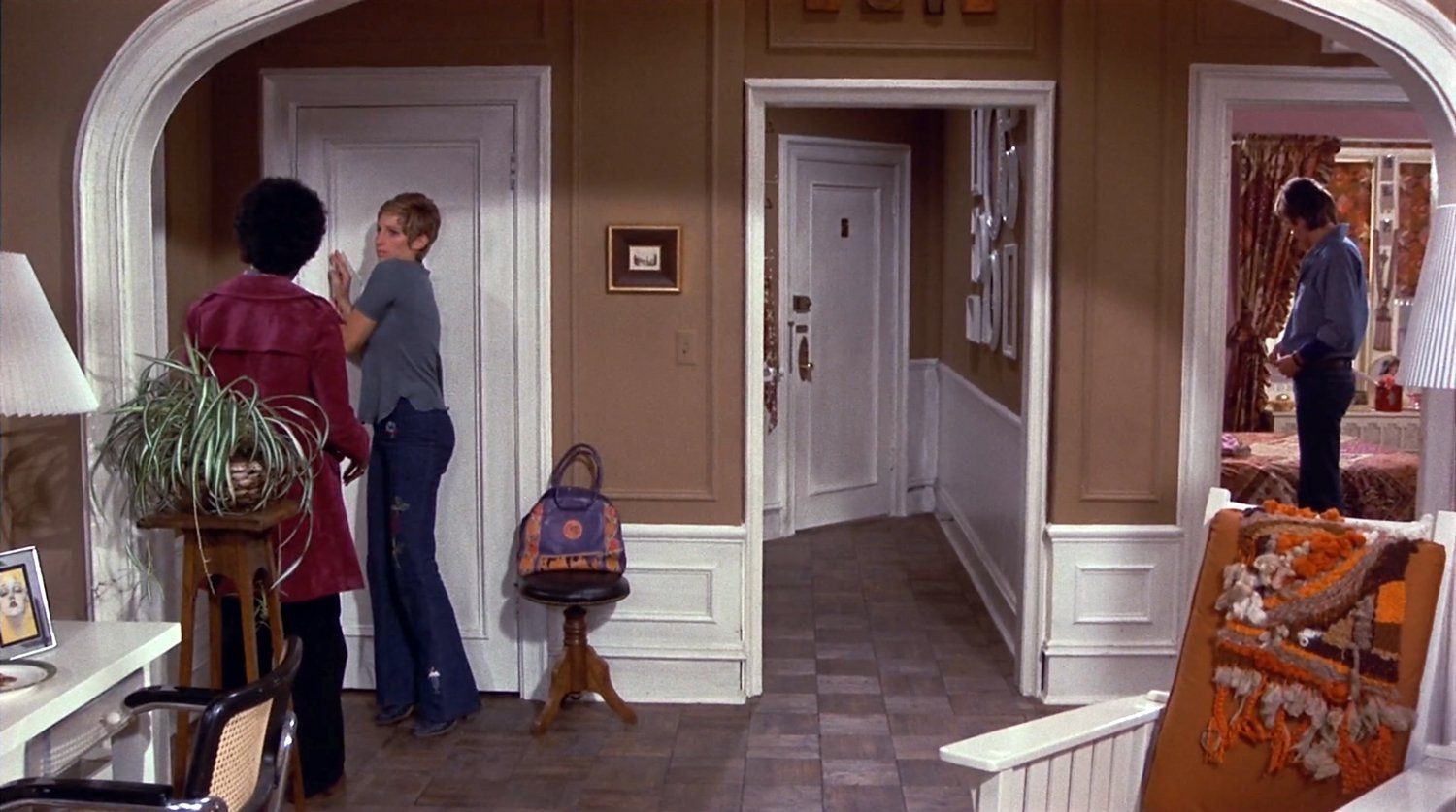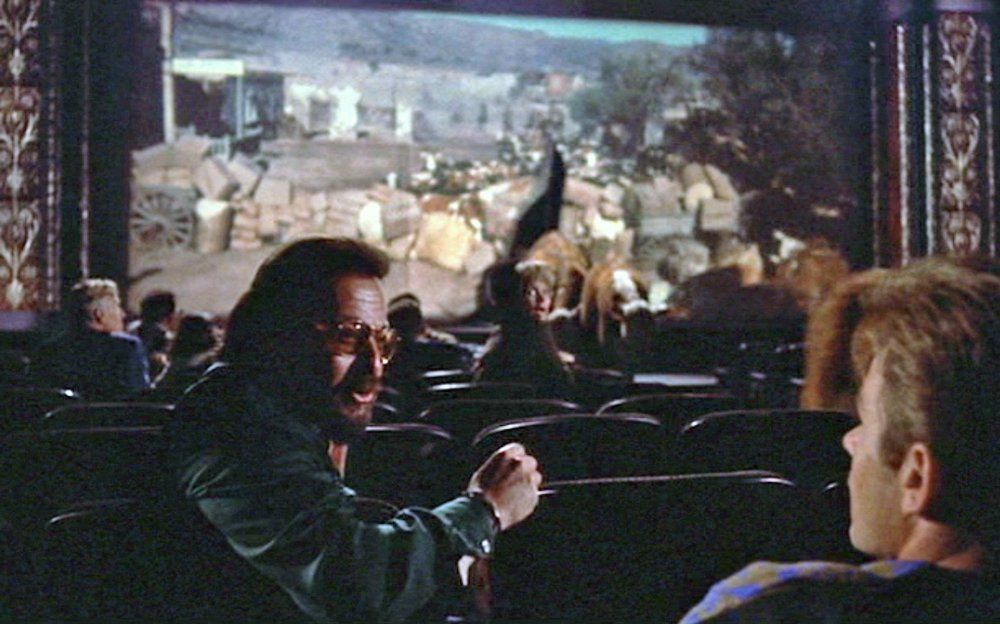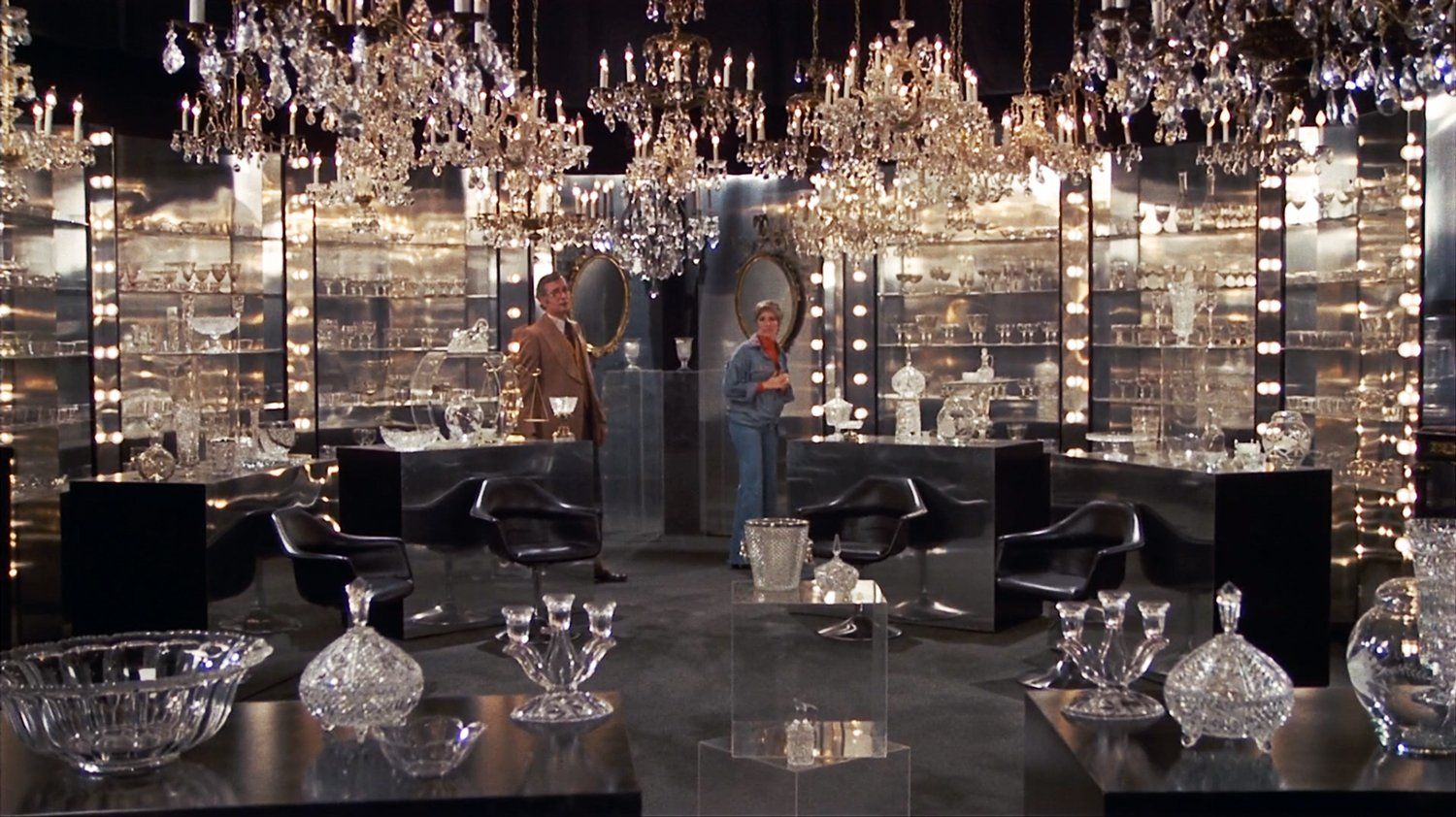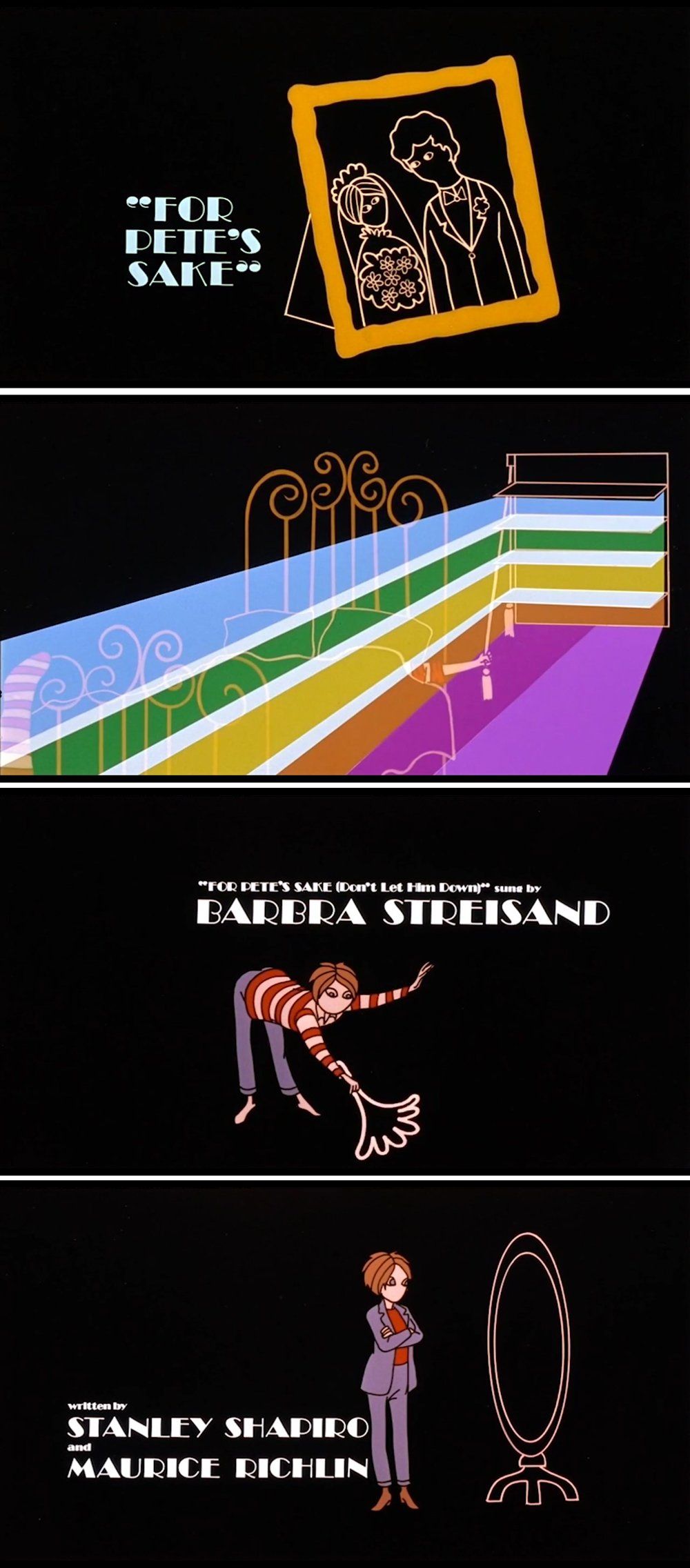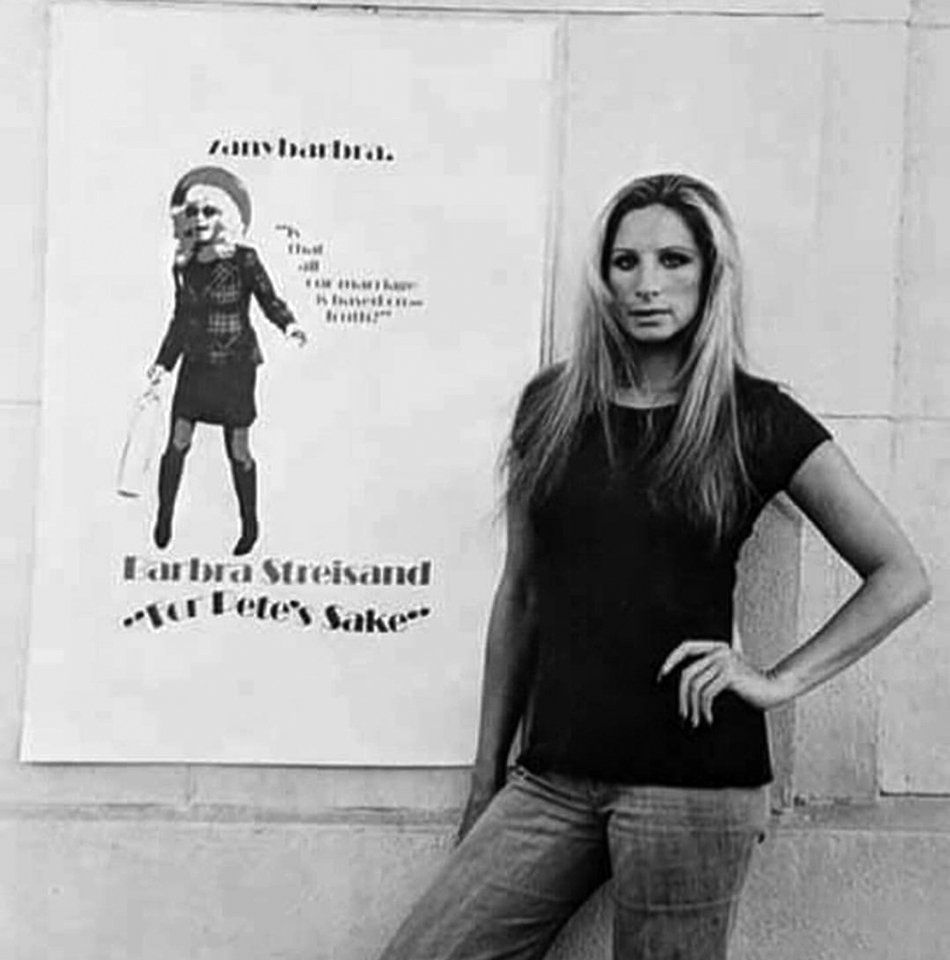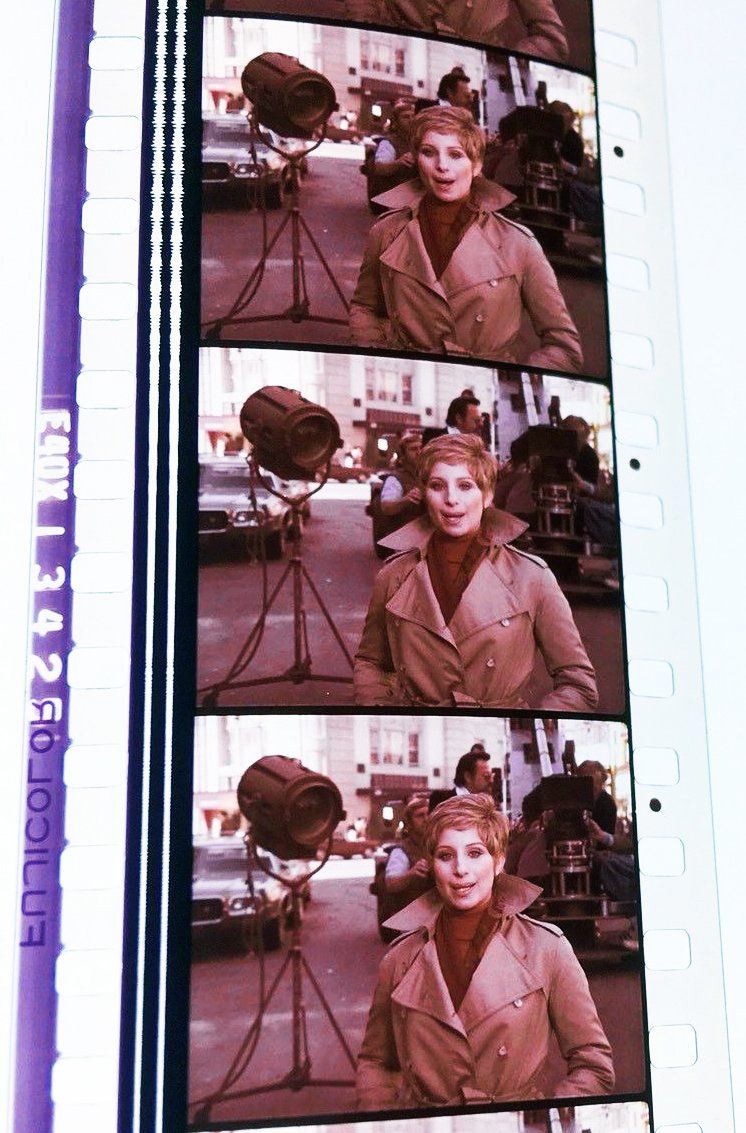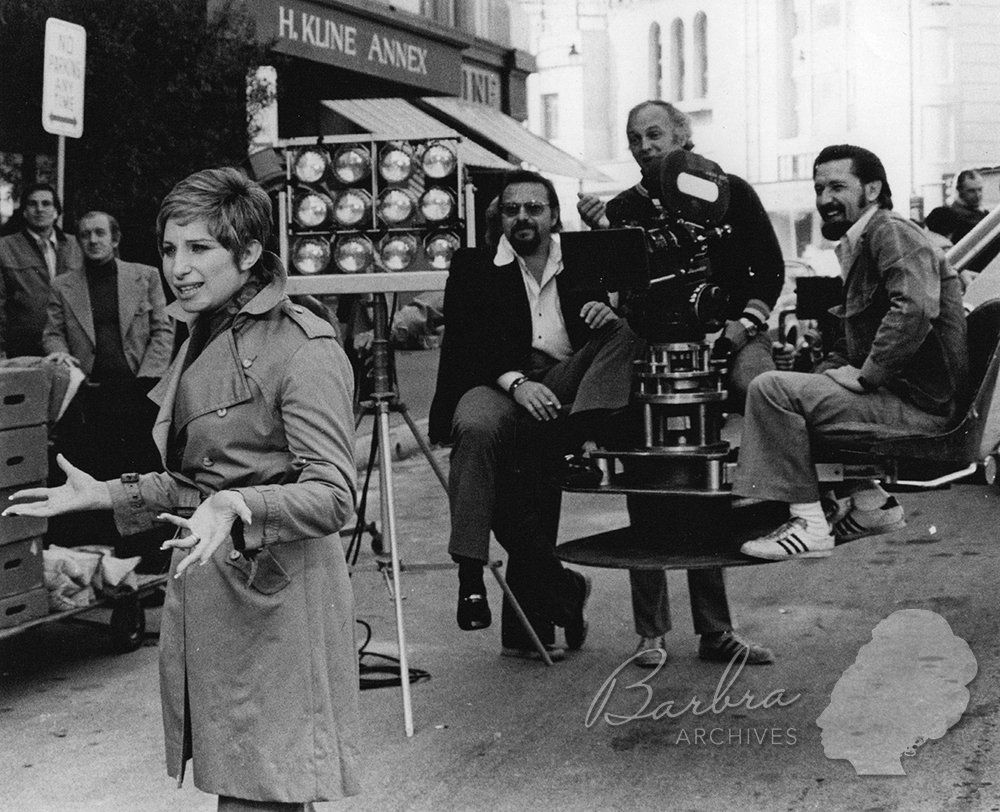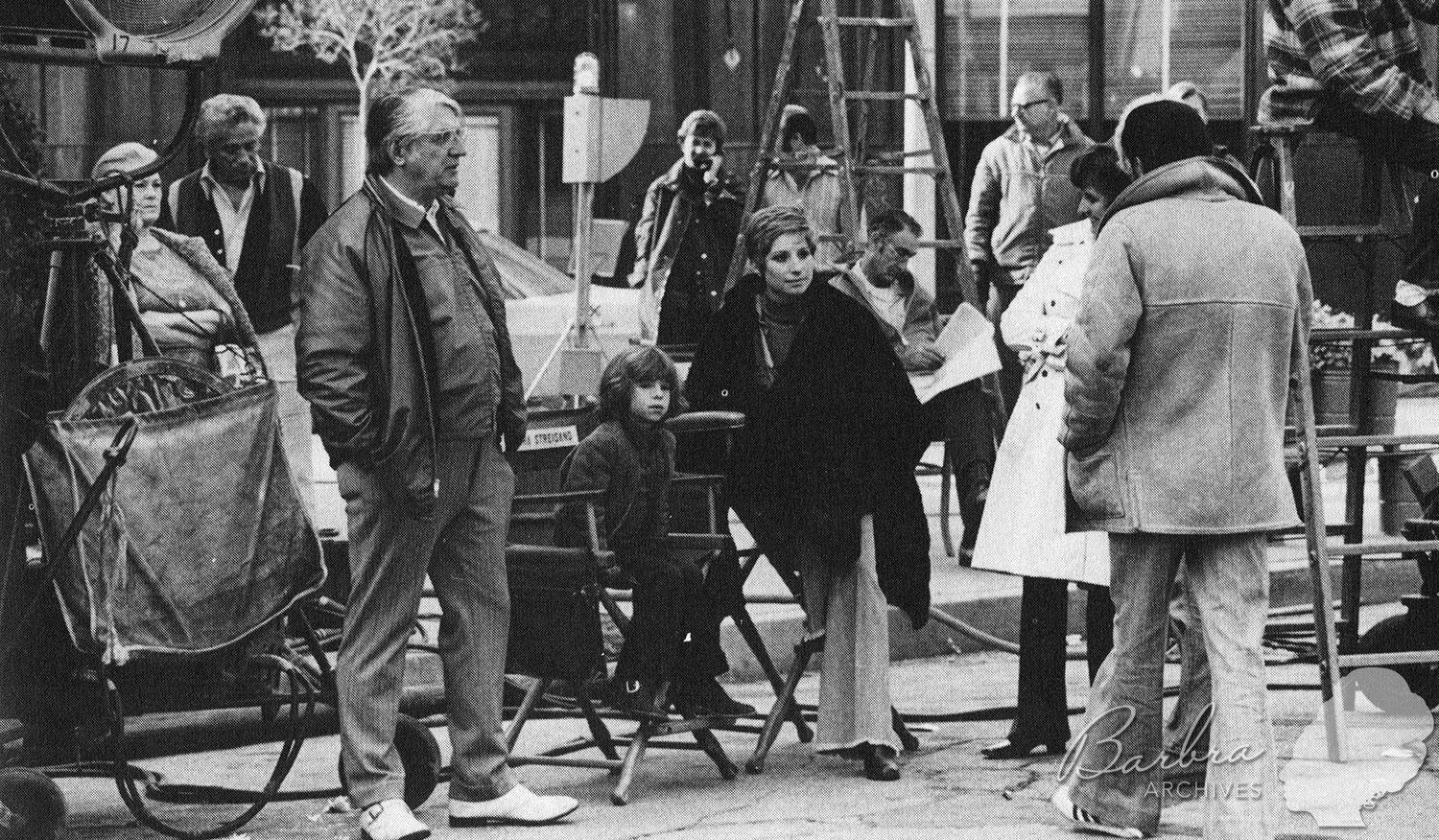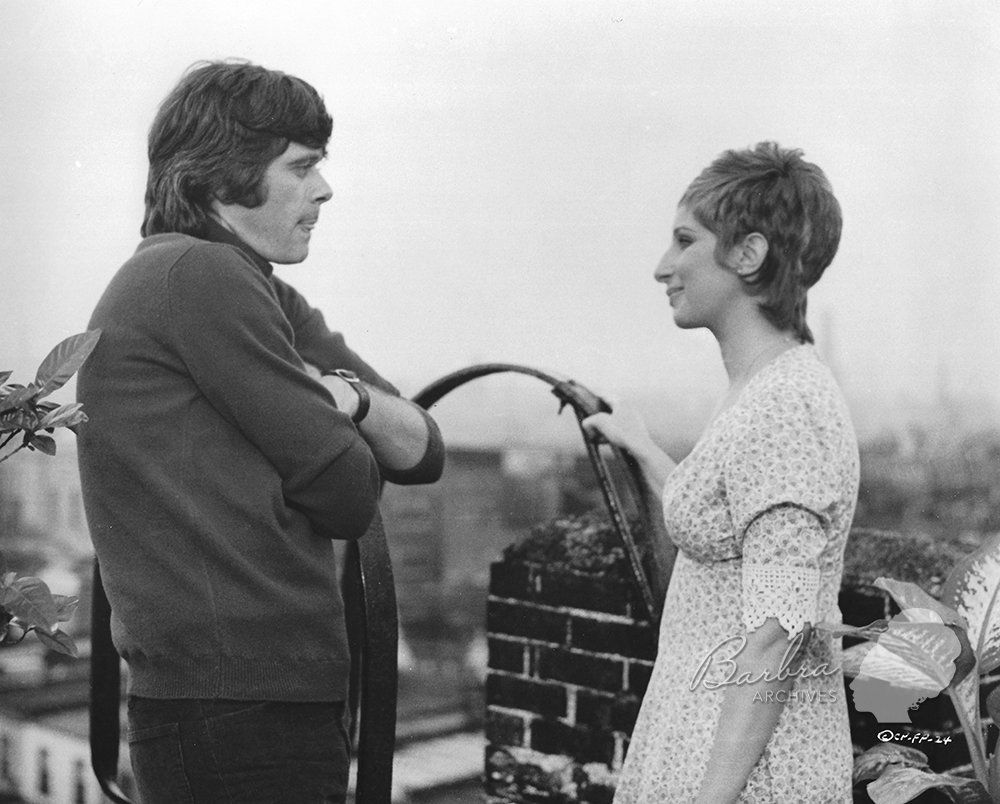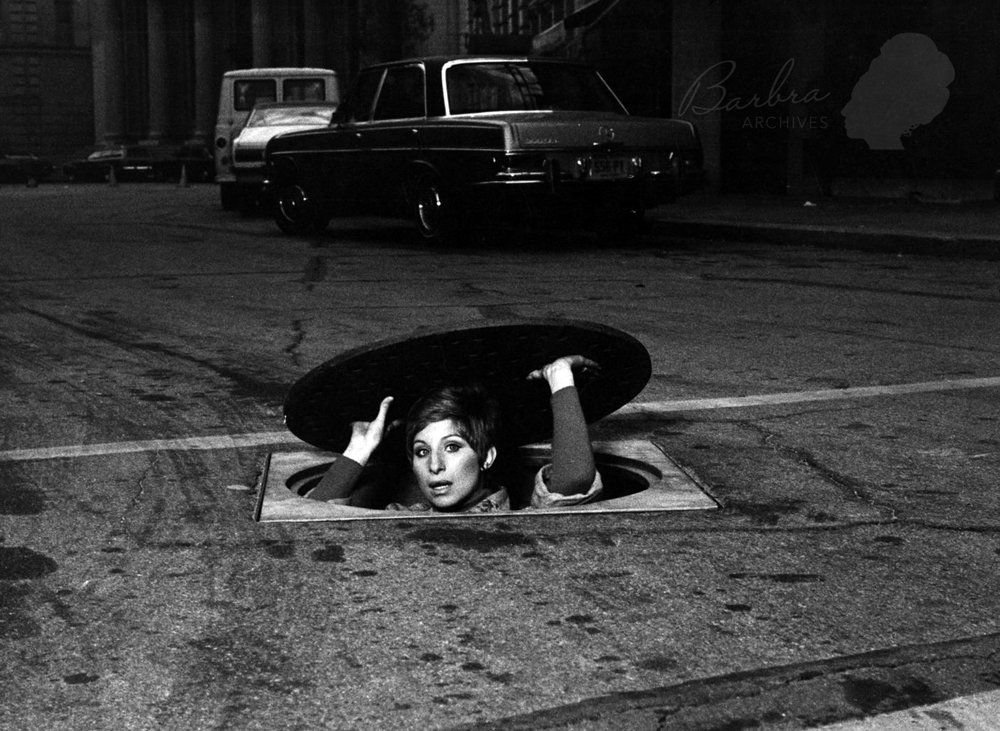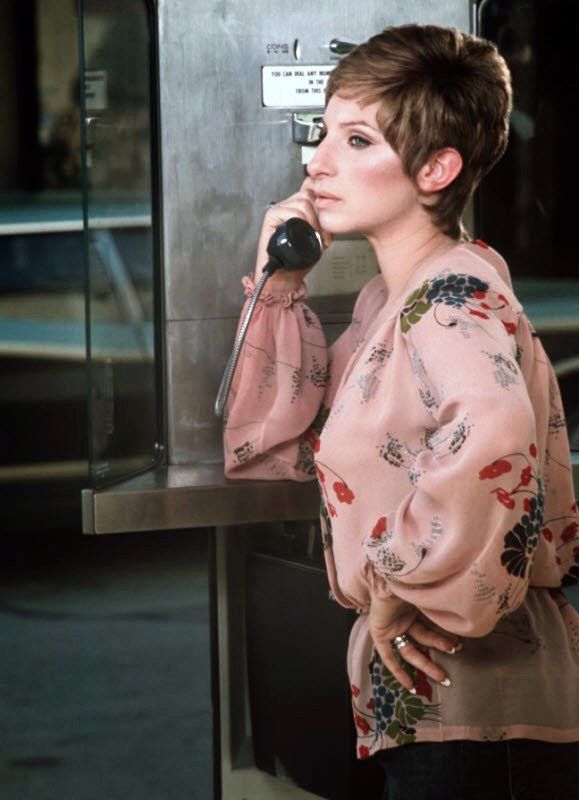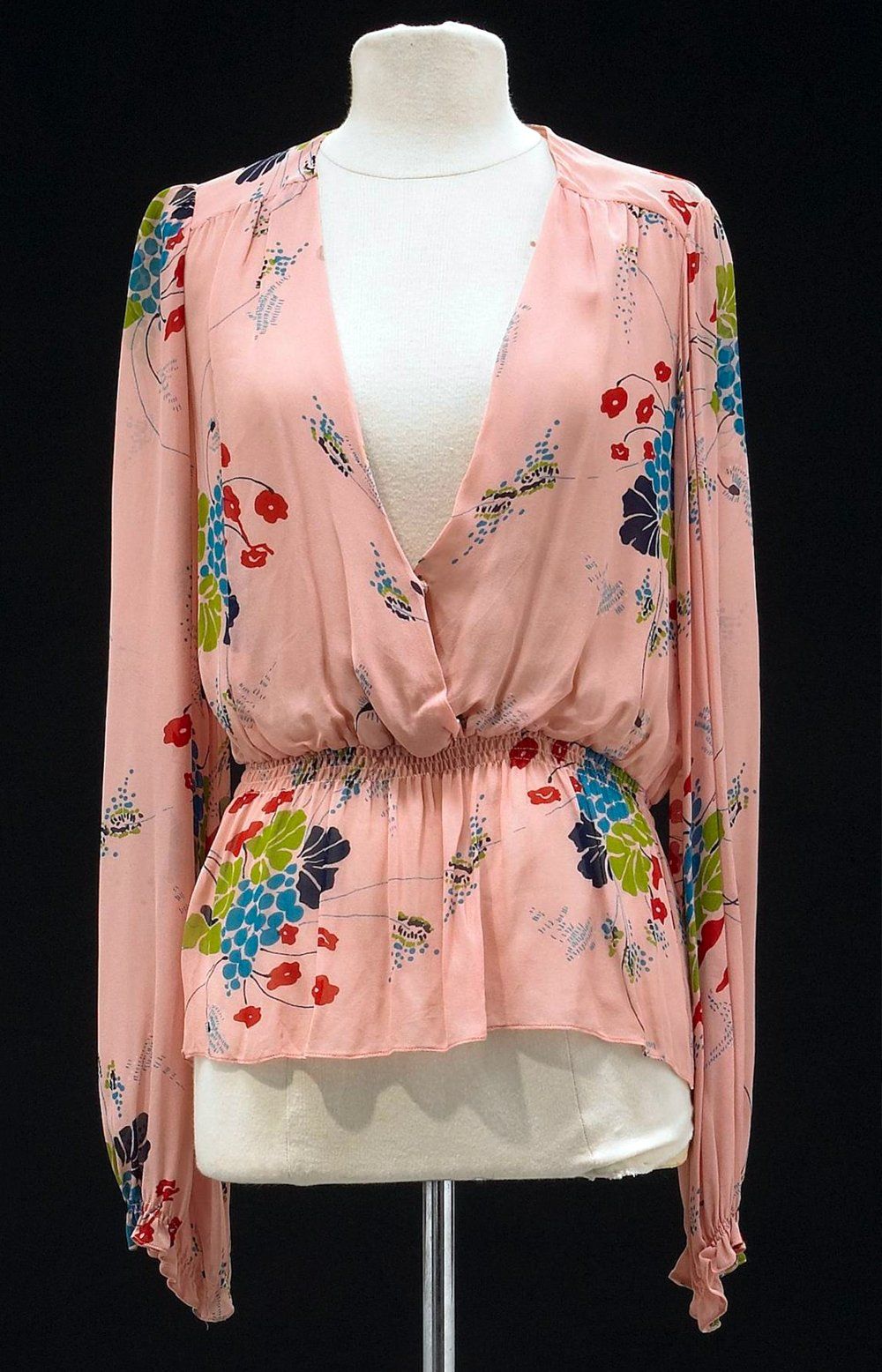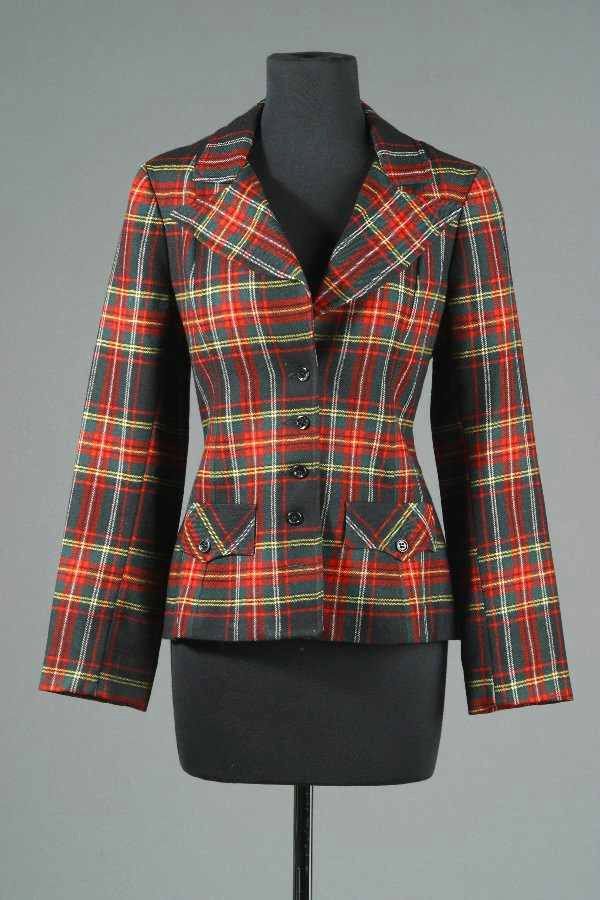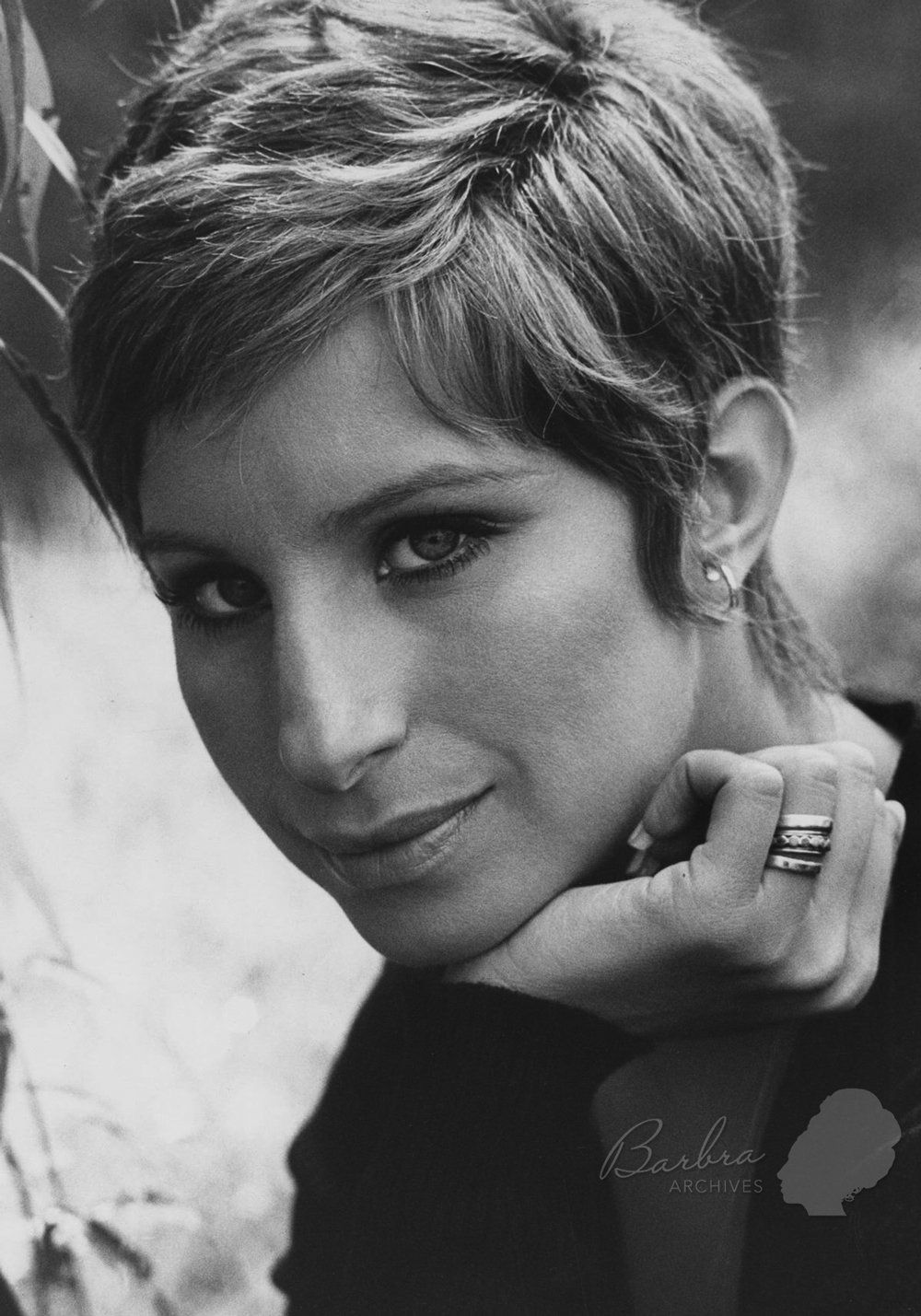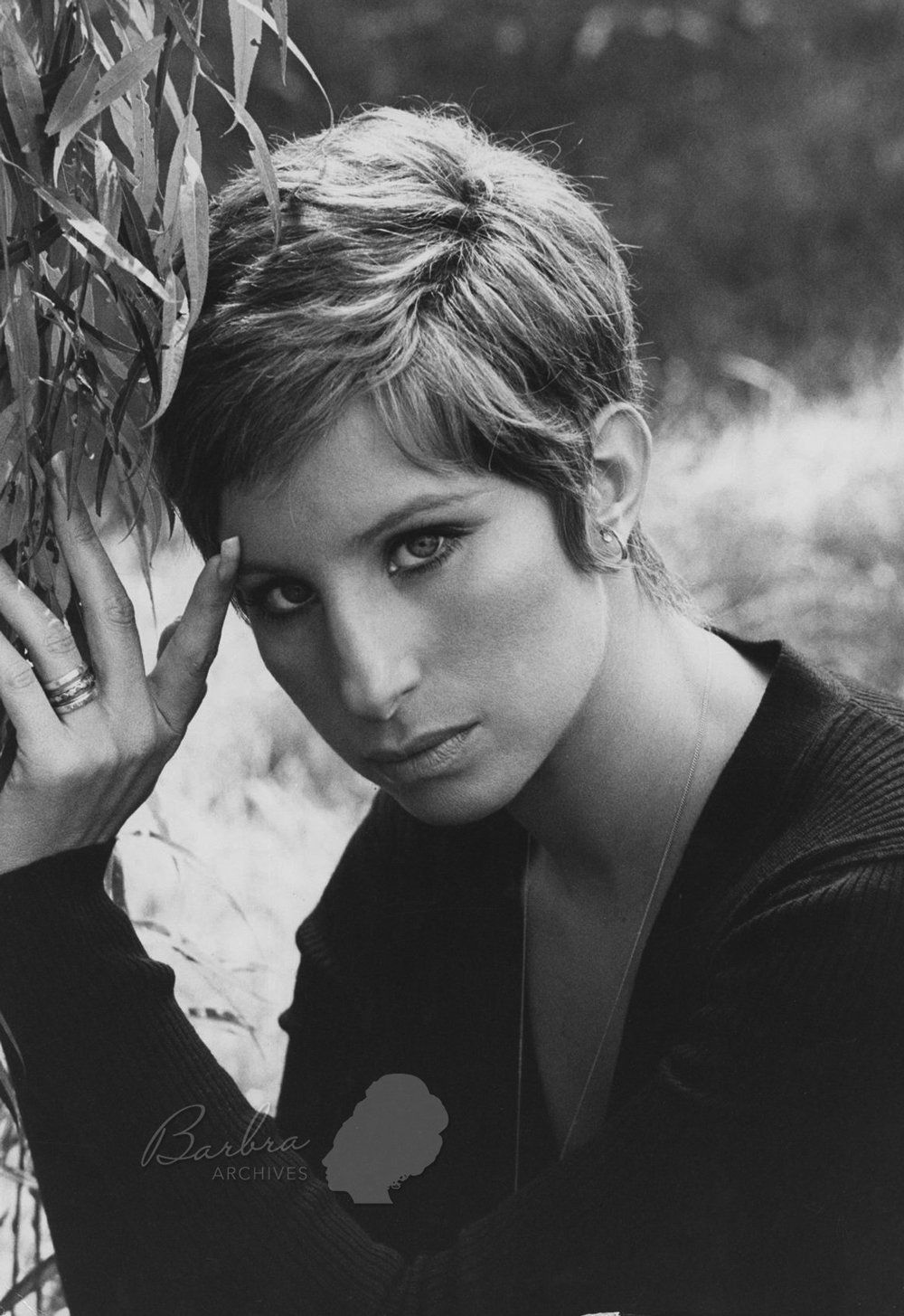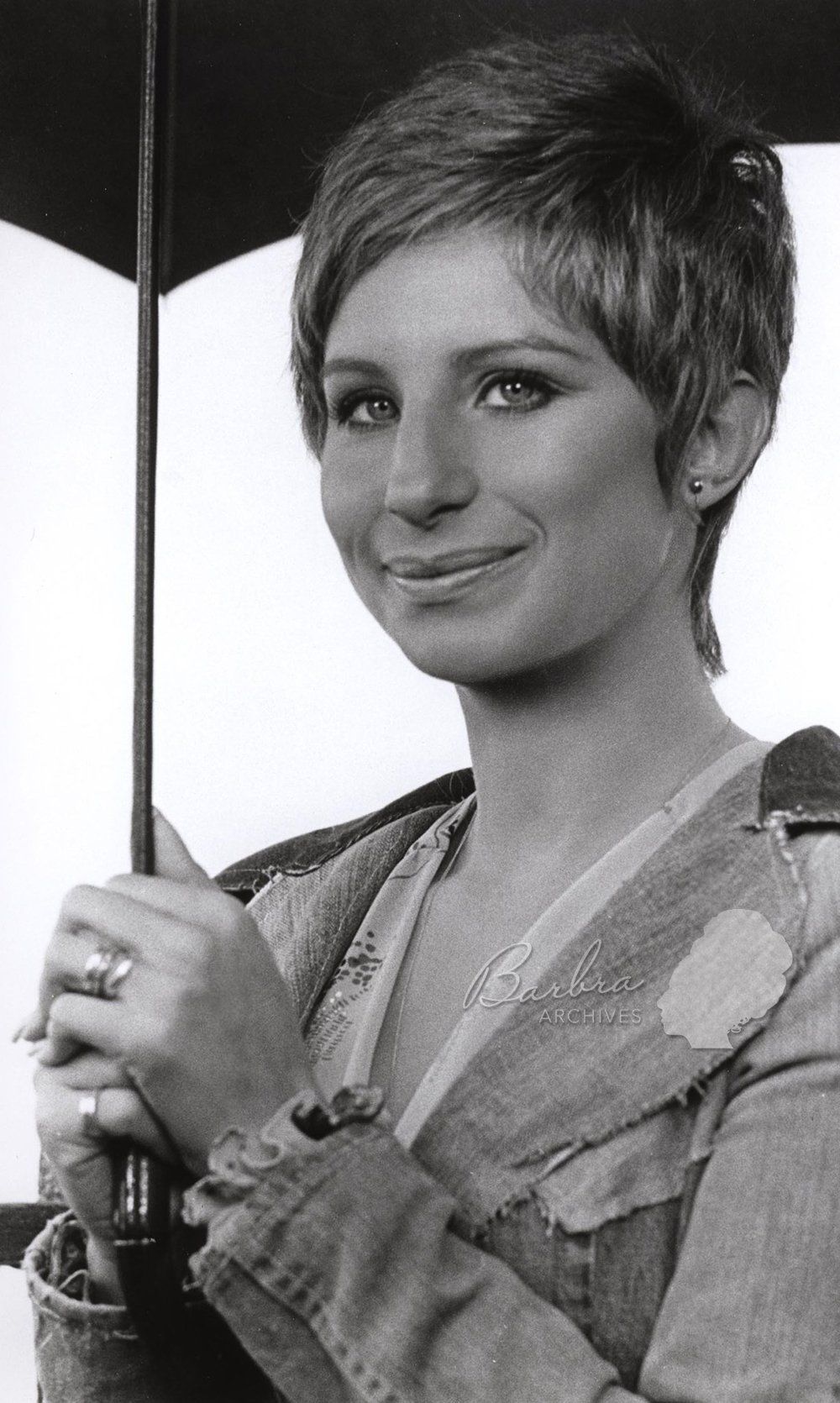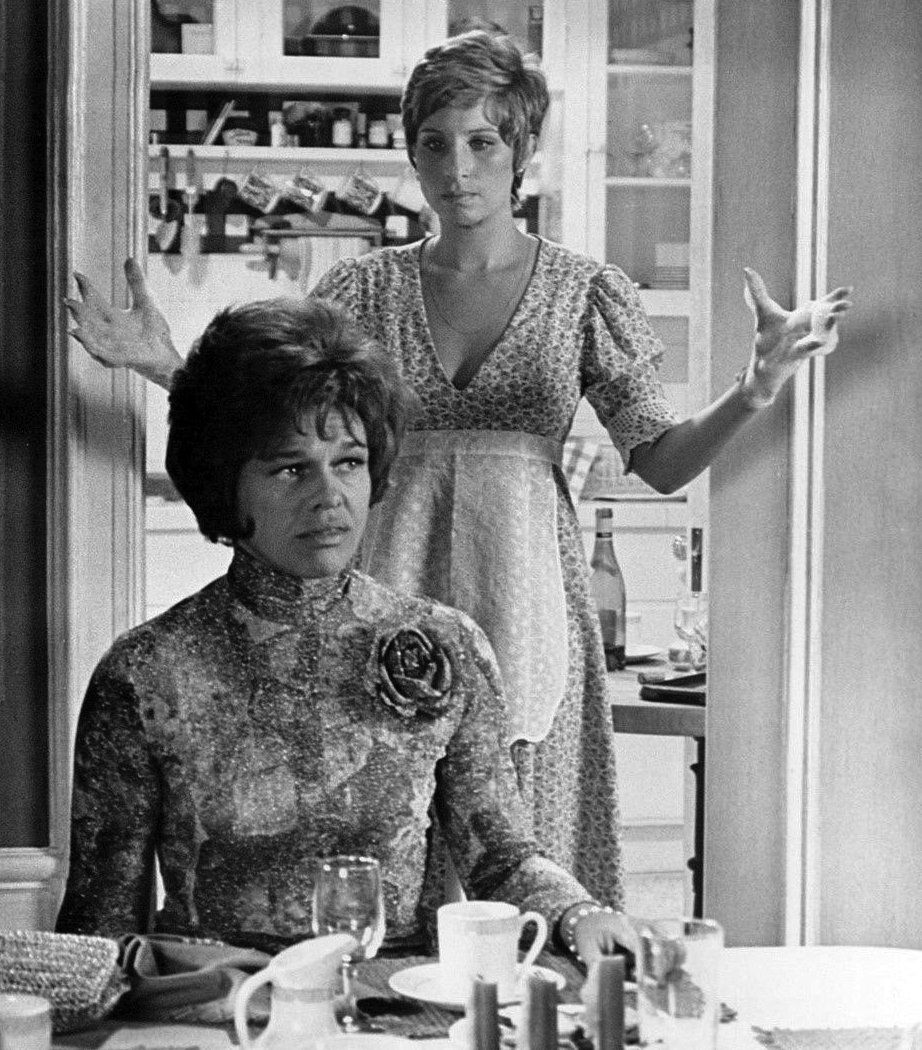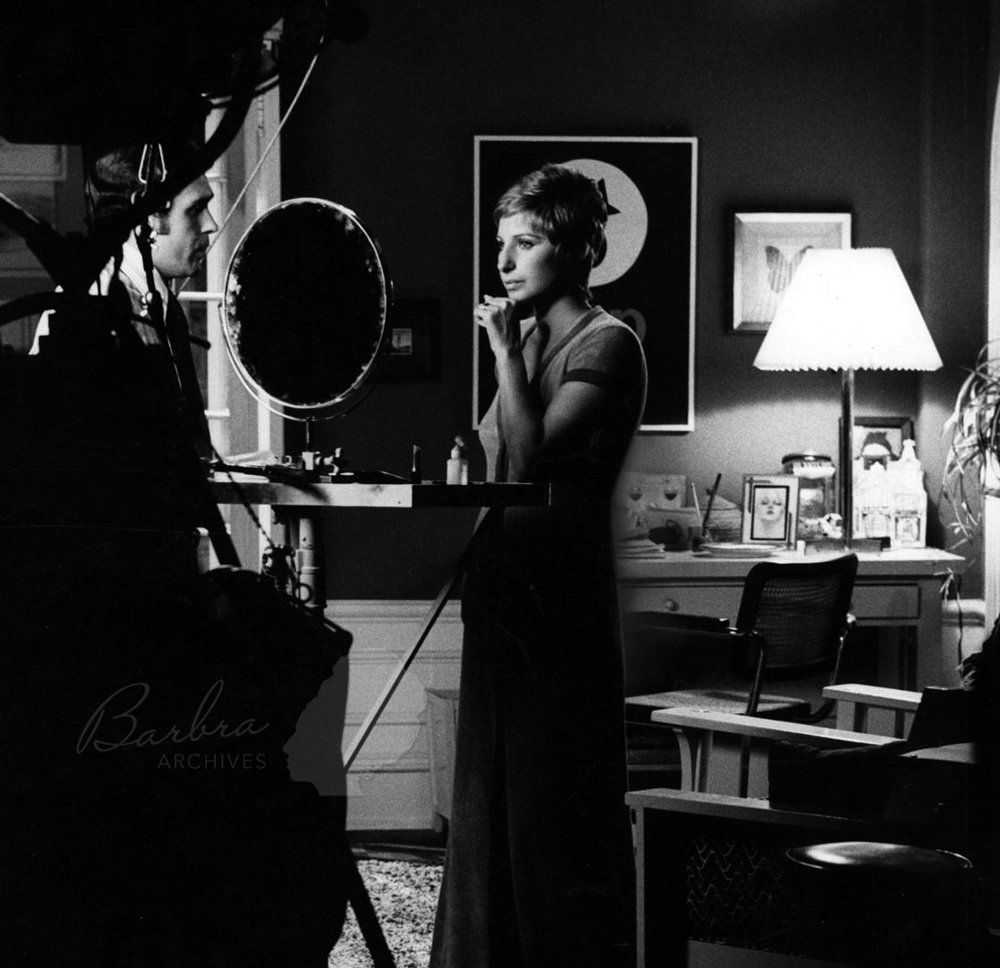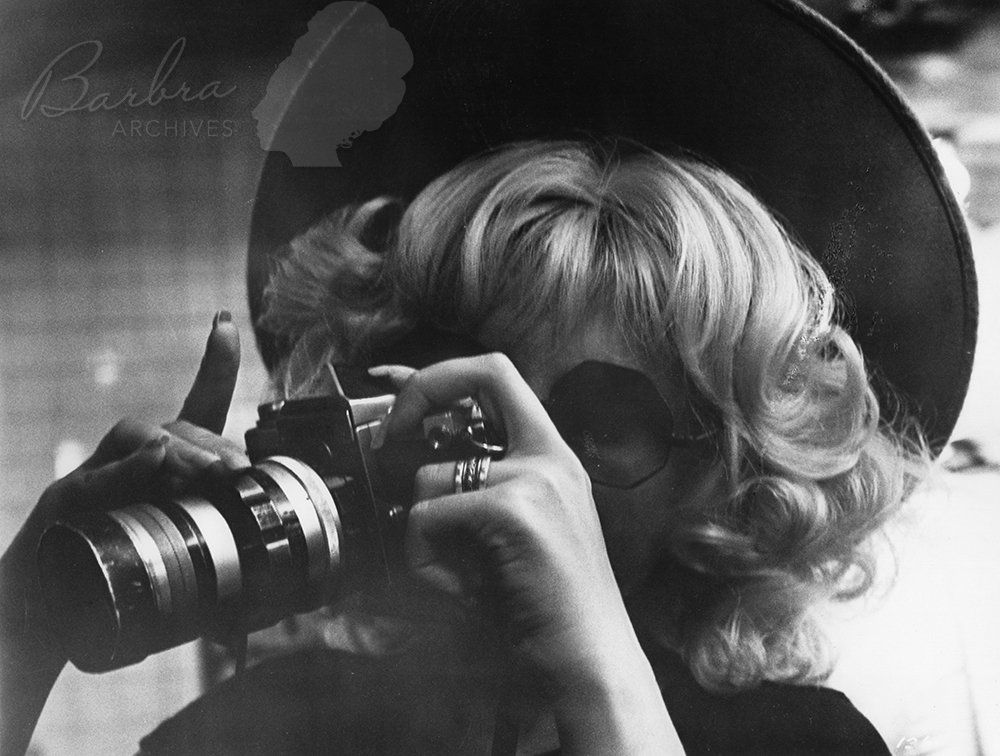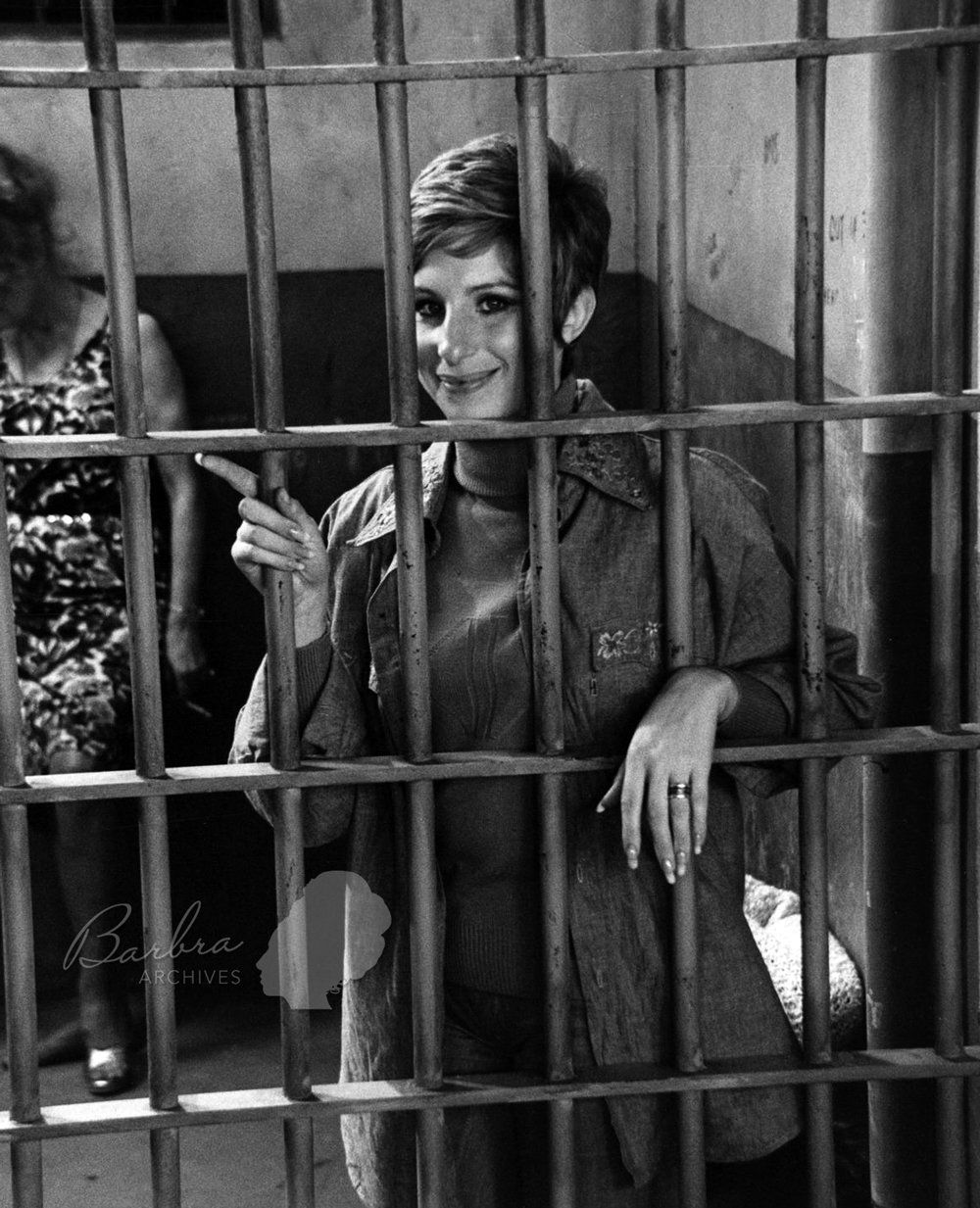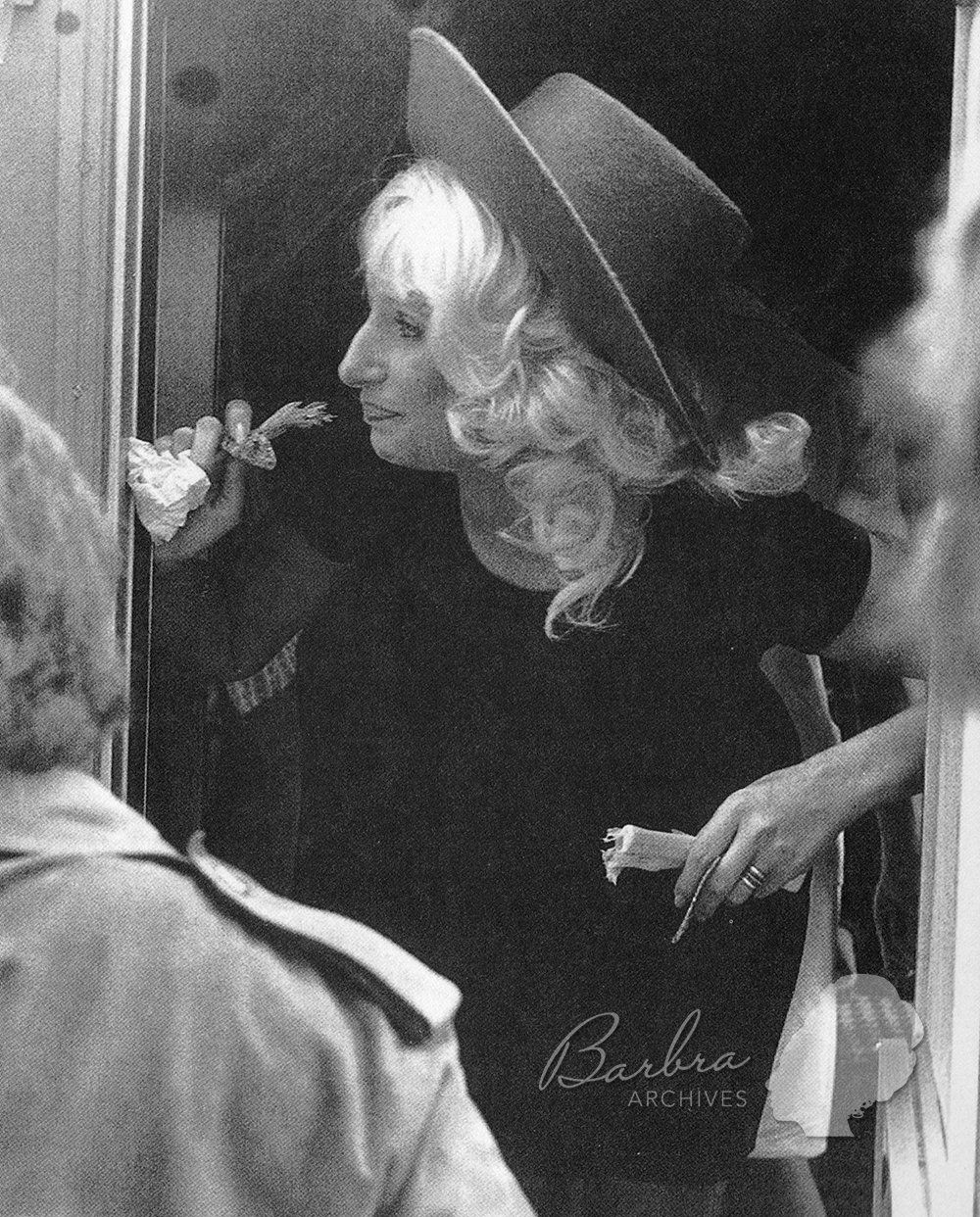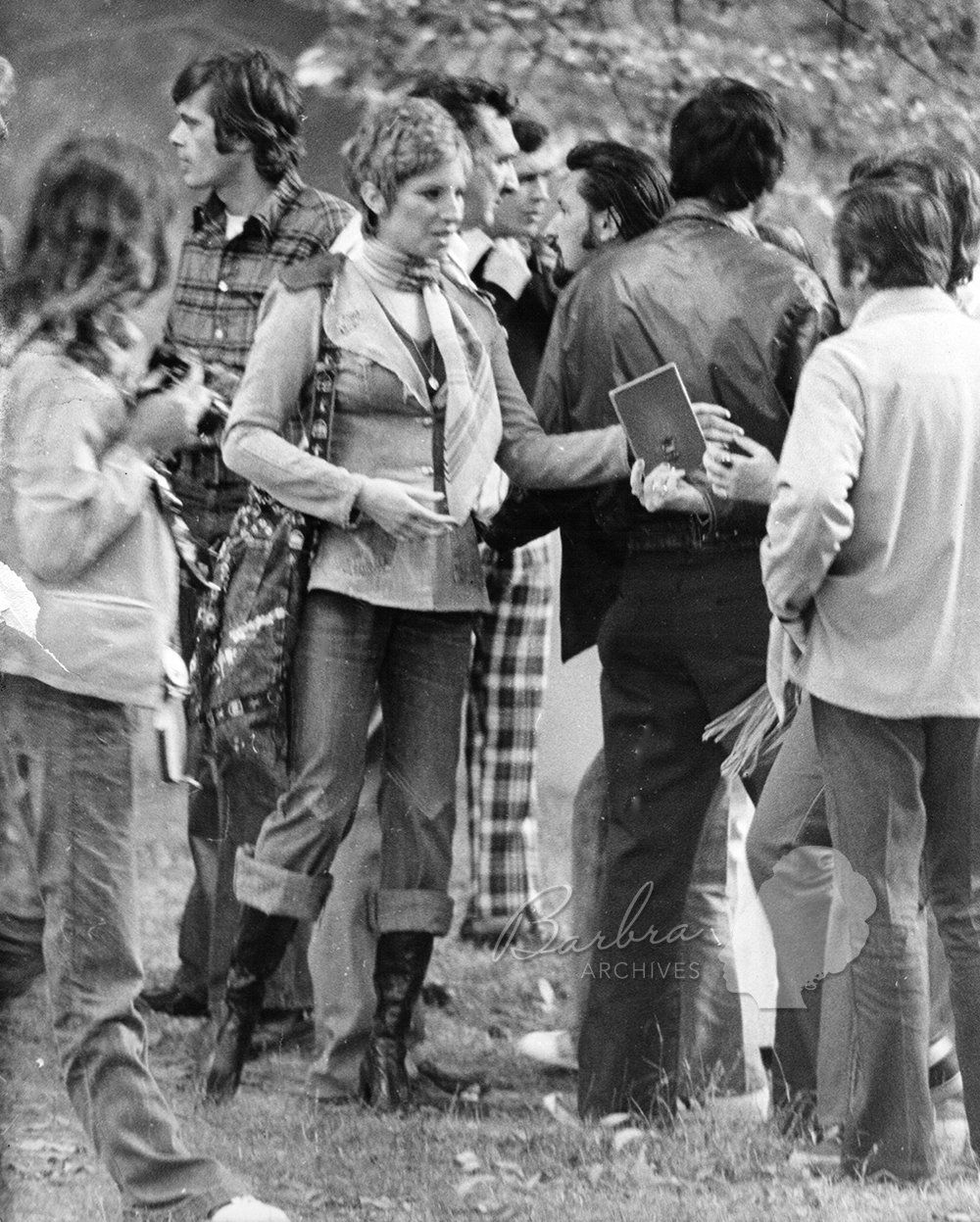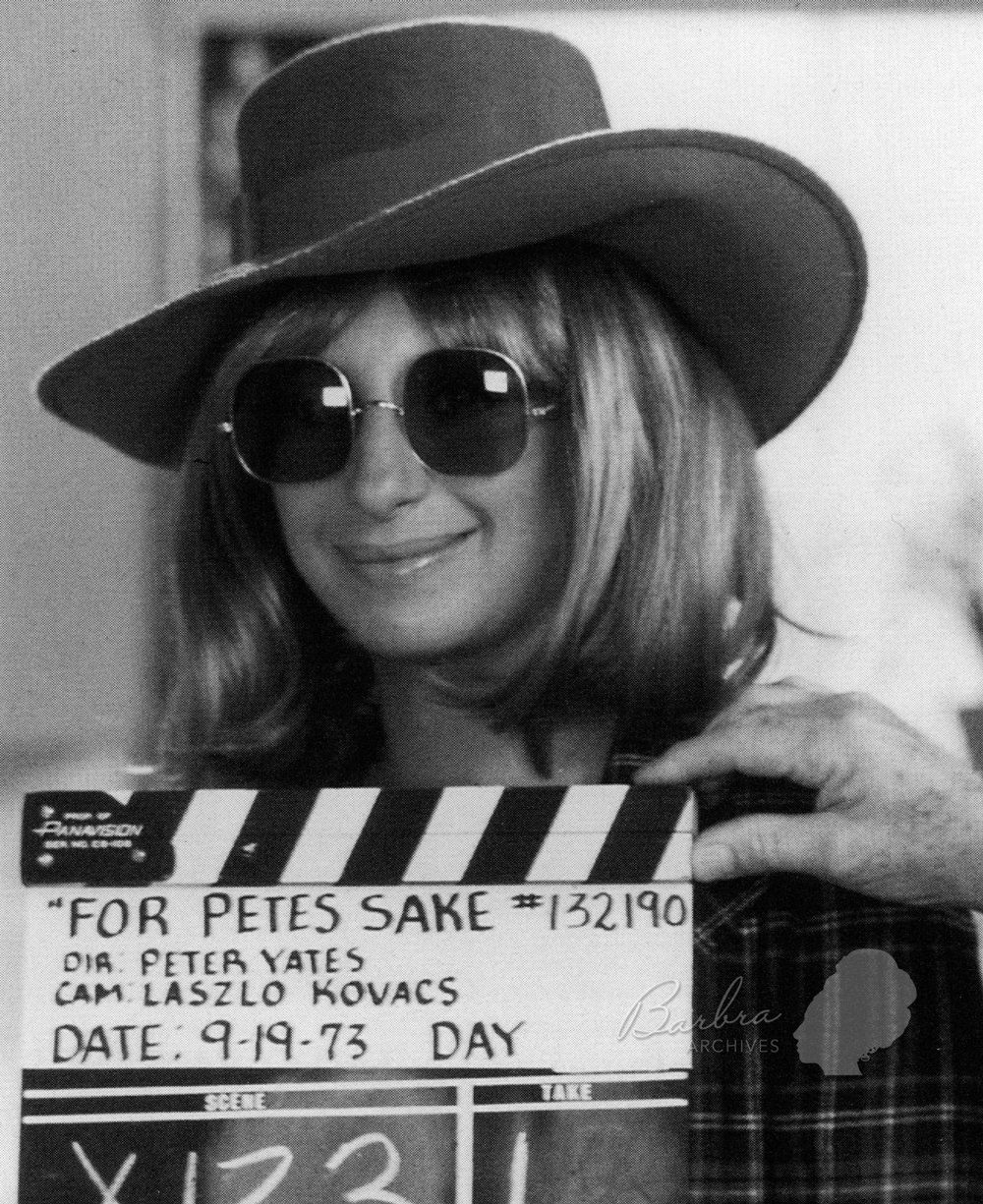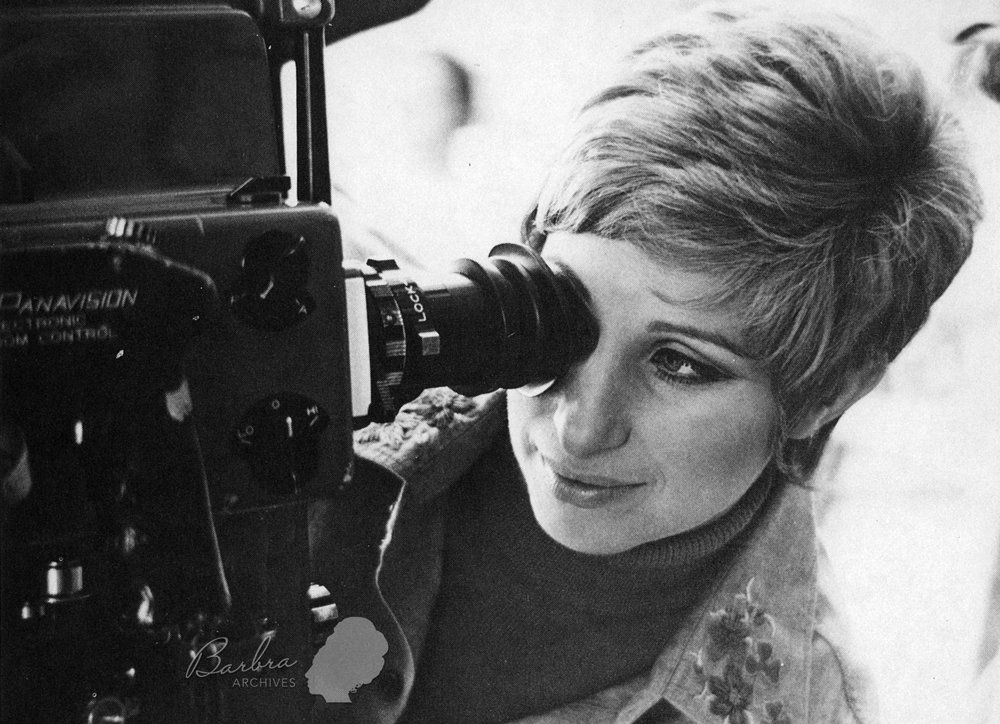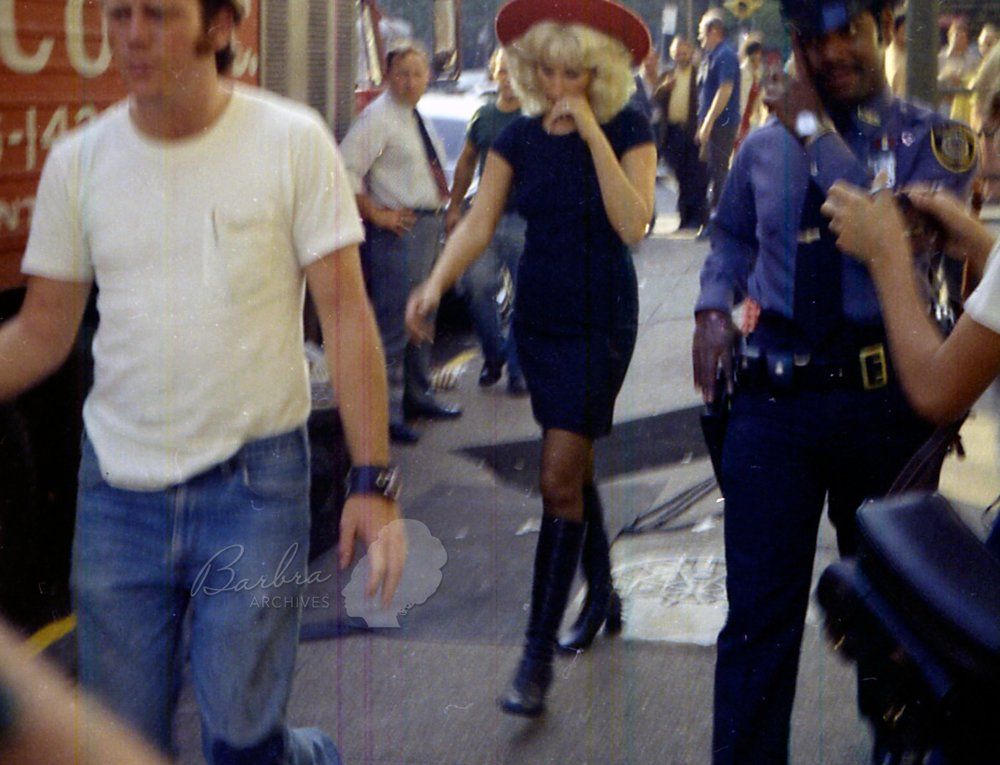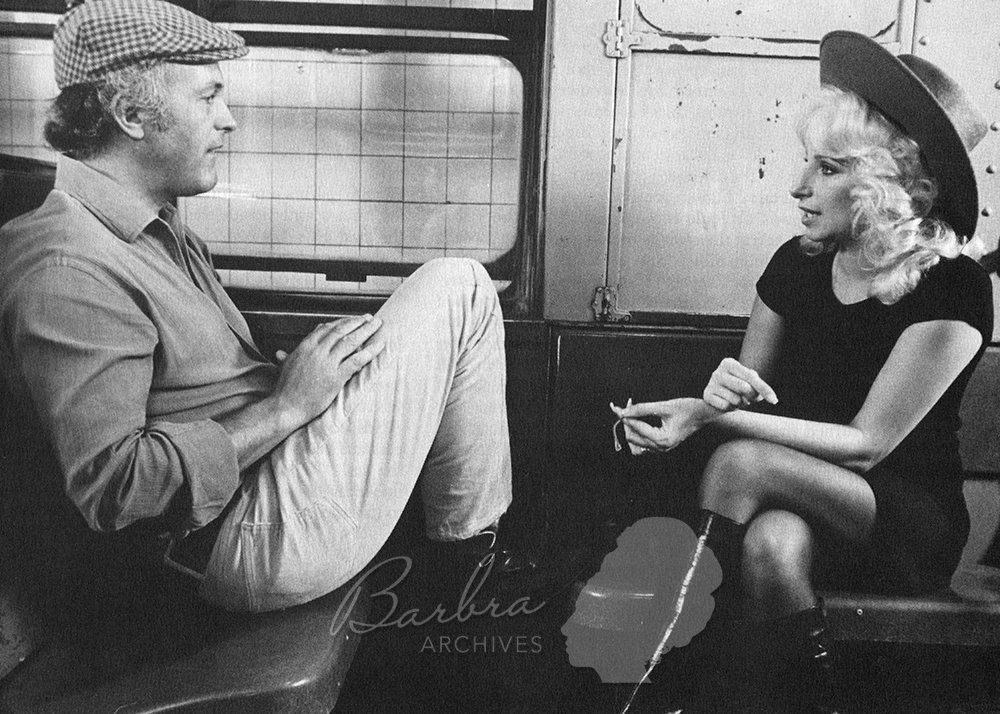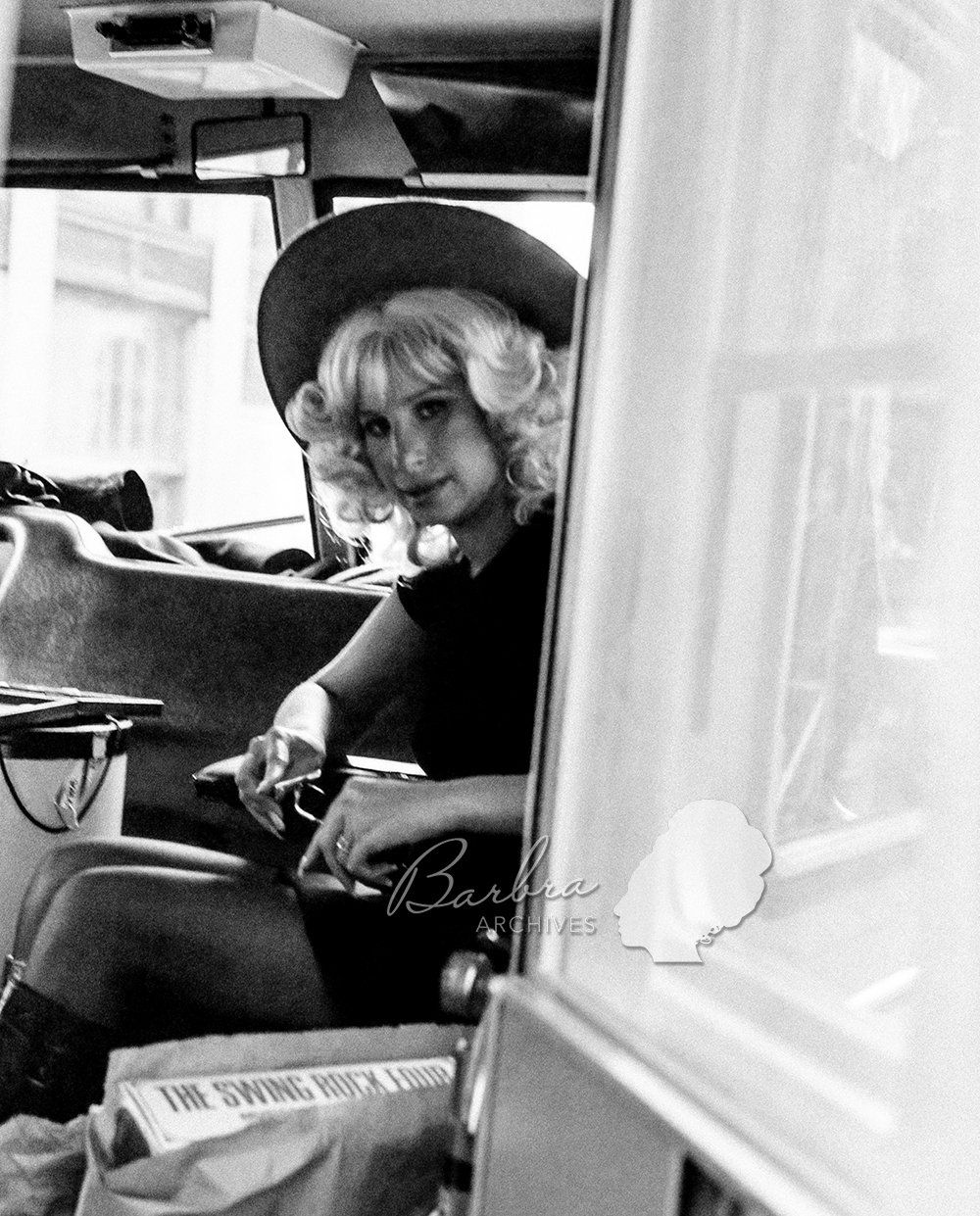As for an appropriate costar for Streisand, “It's very difficult to cast somebody in a film opposite Barbra,” Yates said, “because unless you have a major star, you're going to have problems of balance. But no major star wanted to play it...It was like the girl's part in almost any other film. Instead of the girl following two paces behind the guy, it was the other way around. So, we had to find somebody who was a strong personality who could act...and get along with Barbra.”
That person was Michael Sarrazin, who had starred in They Shoot Horses, Don’t They? (1969) and The Life and Times of Judge Roy Bean (1972). “I’d heard [Barbra] was temperamental, and everyone said she could be a monster, so I was a little scared,” Sarrazin confessed. “But we got along fine right from the beginning. I’d like to think it had something to do with me, but I don’t know. Maybe it was because the picture was a comedy. Whatever the reason, we sure had a lot of fun. We laughed all the time. She has the greatest sense of humor! Really funny!”
Streisand’s film comedy moved forward, scheduled to begin filming in Brooklyn, New York on September 24, 1973. It also went through two title changes. During filming, it was called For the Love of Pete. A few months later the title was changed to For Pete’s Sake.
“He’s one of the few directors with no great ego,” Streisand stated about Yates. “Ideas should be free. They usually aren’t, but here they are. If I make a decision intellectually, I’m usually wrong. If I decide by instinct, I’m right. Peter uses instinct, too.”


